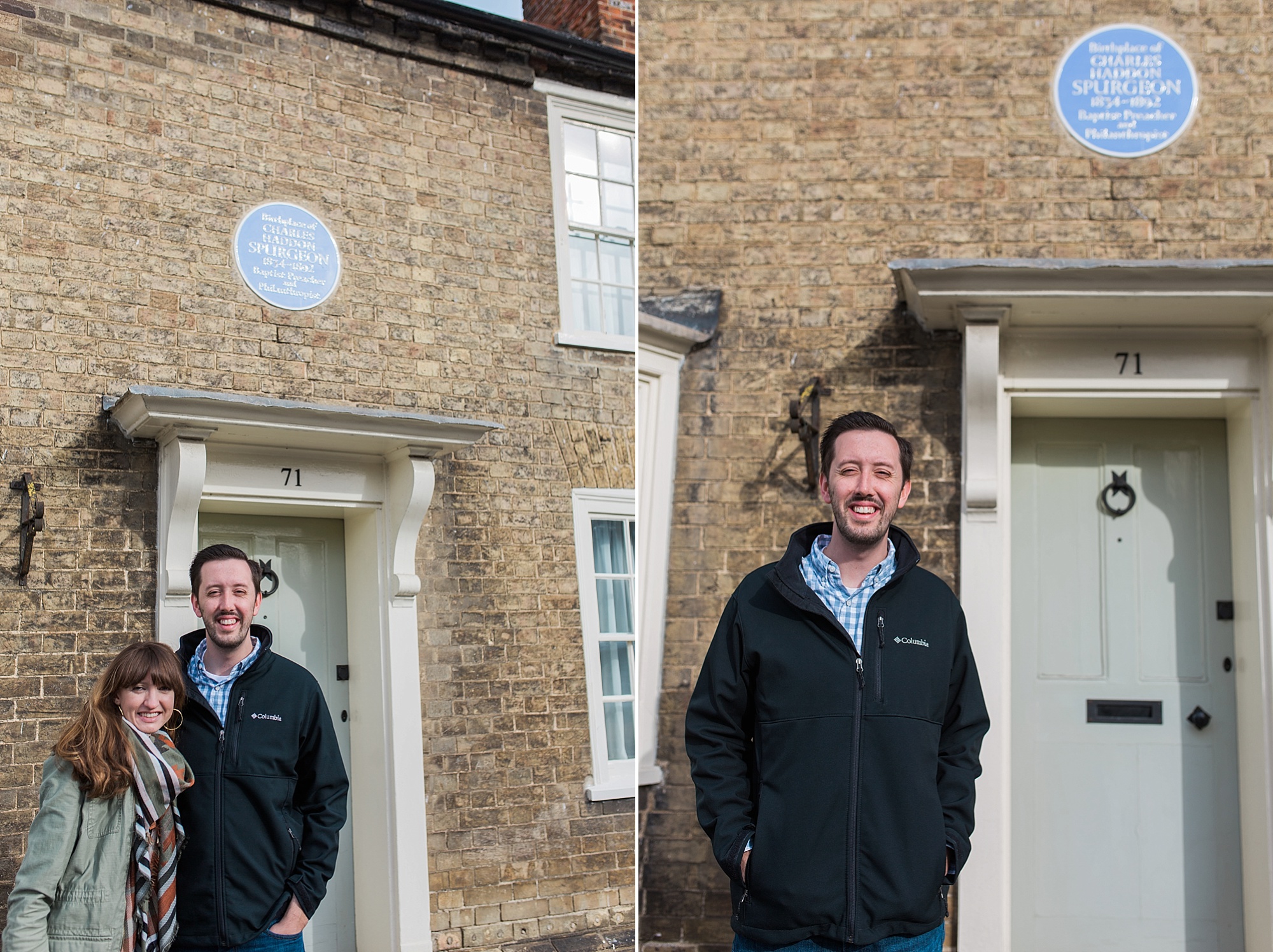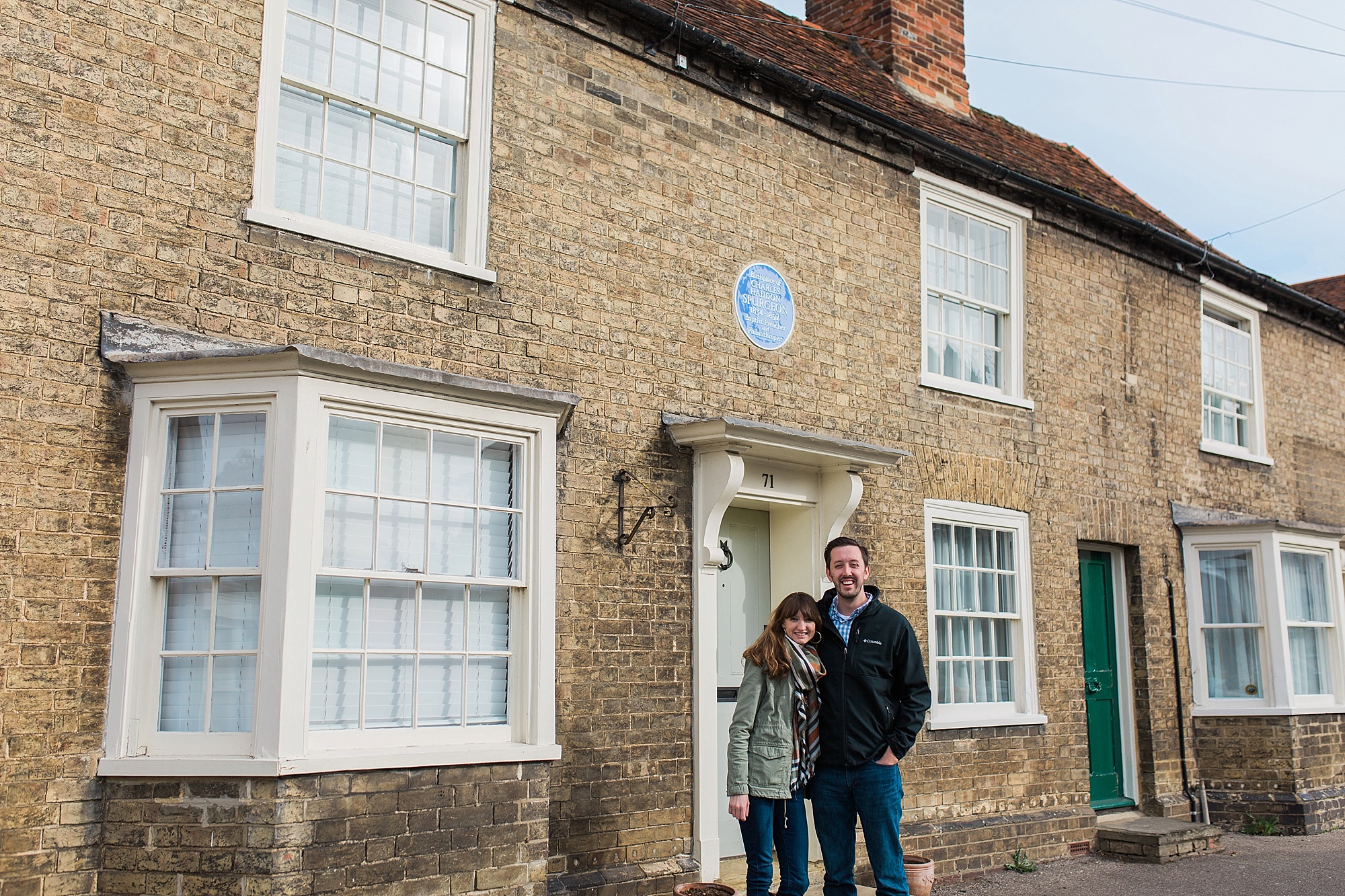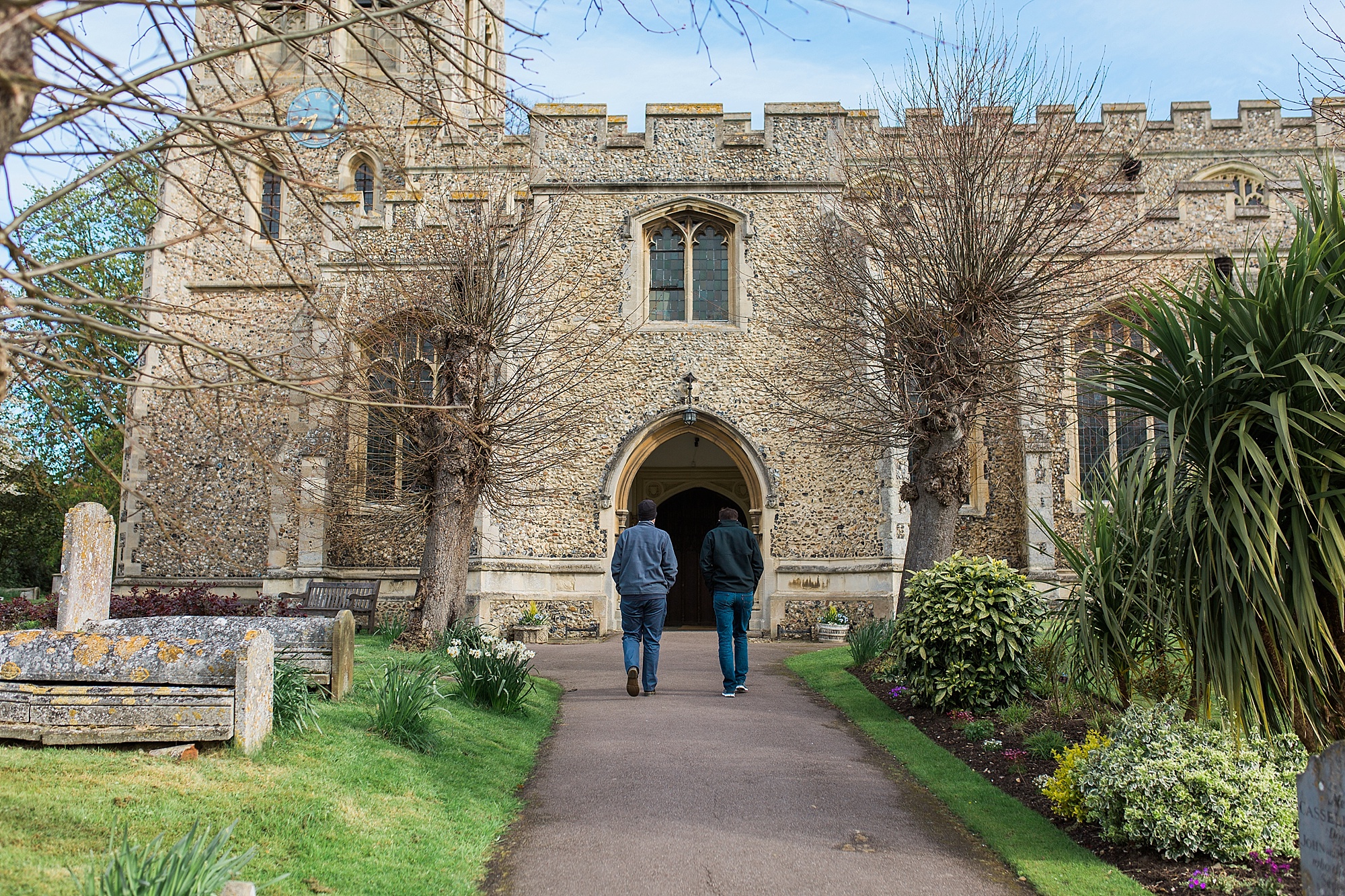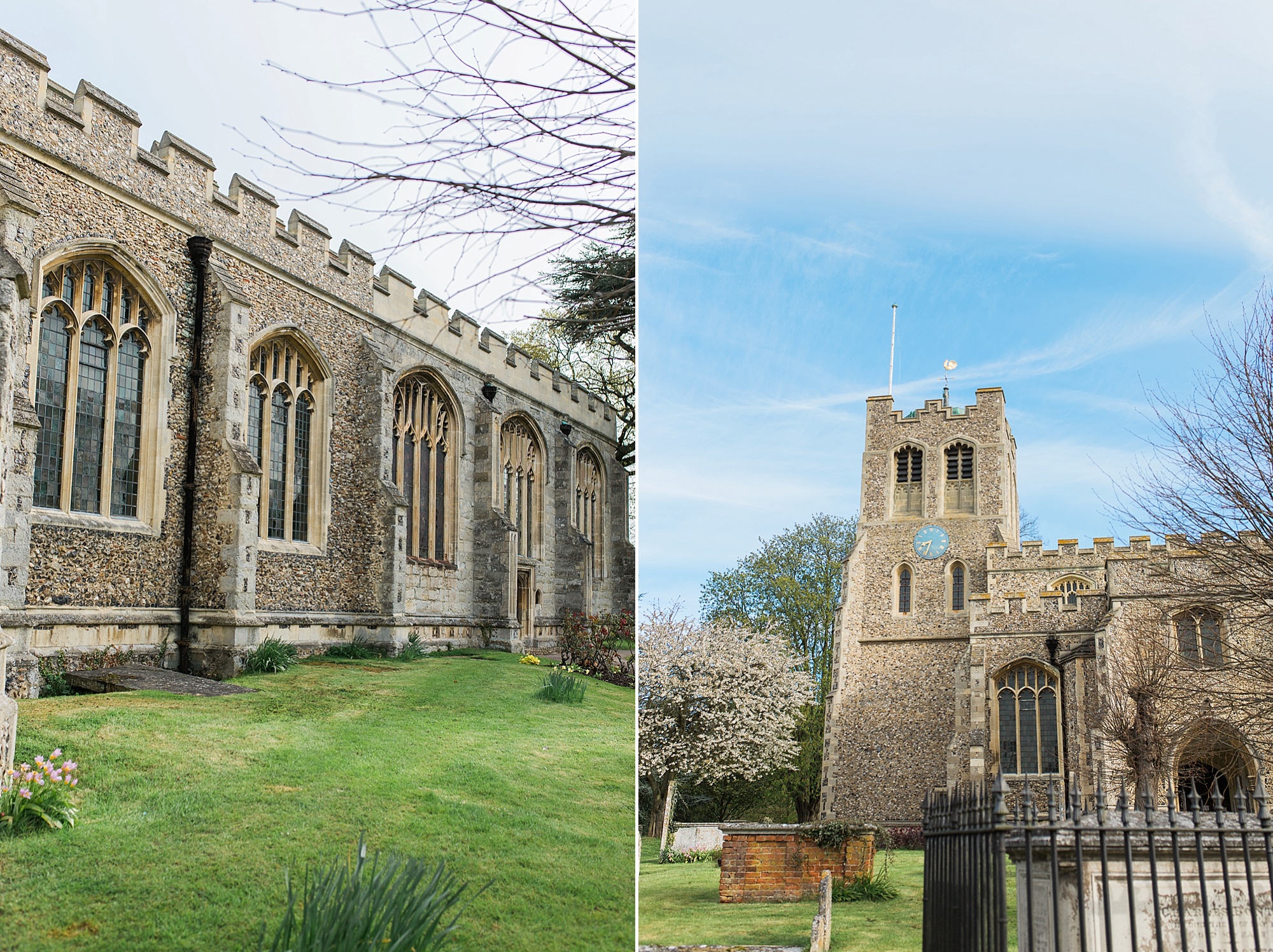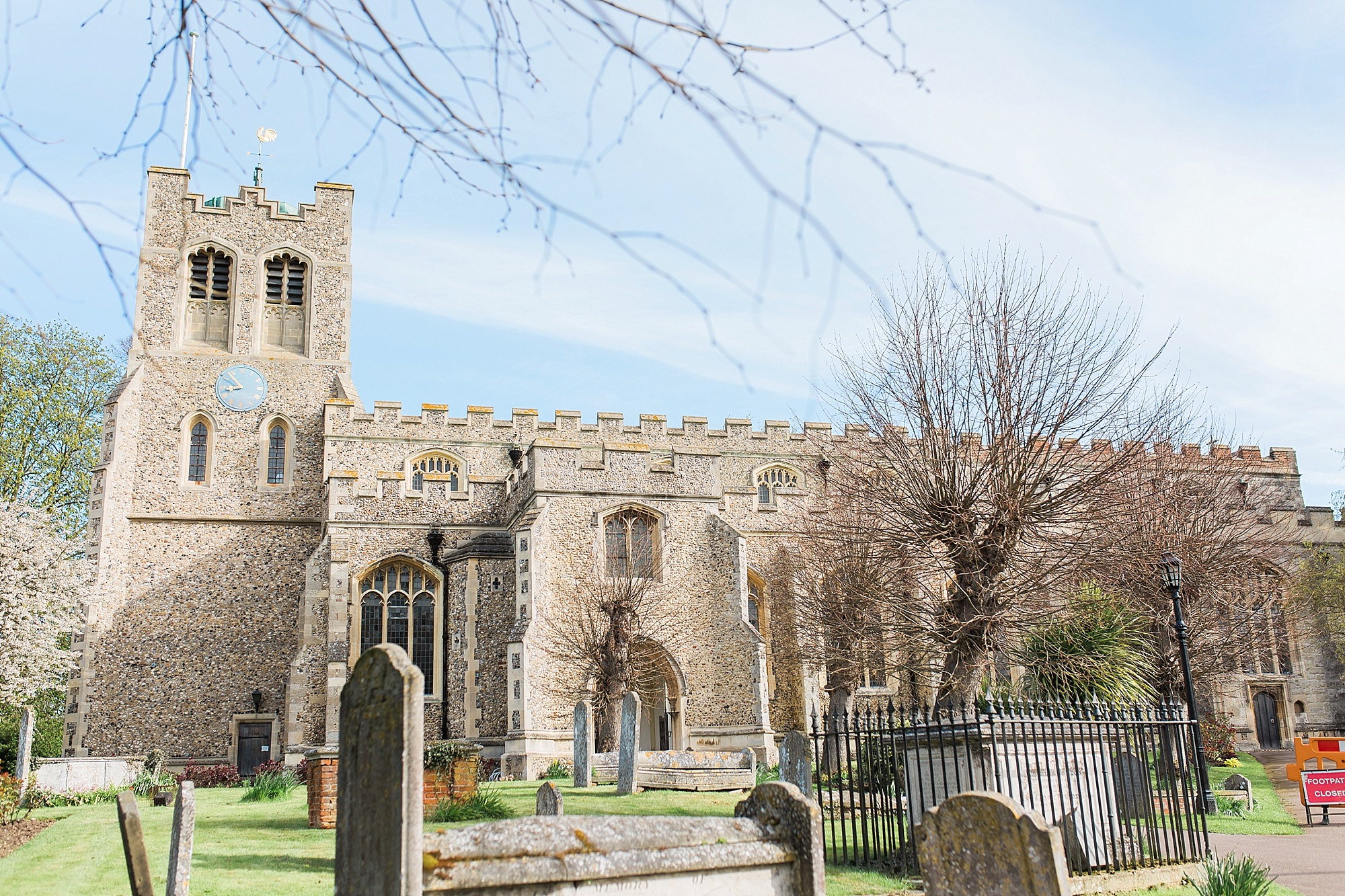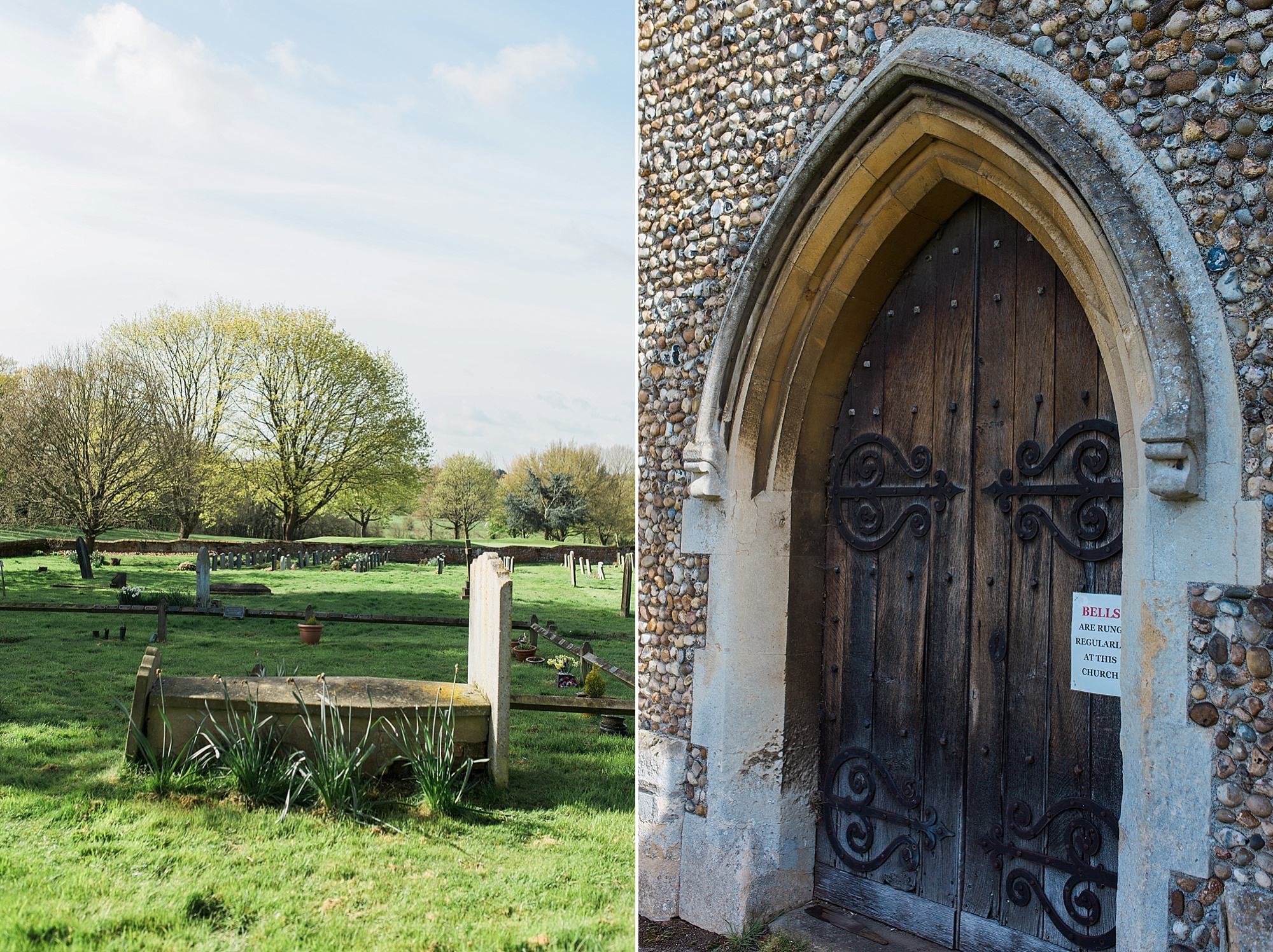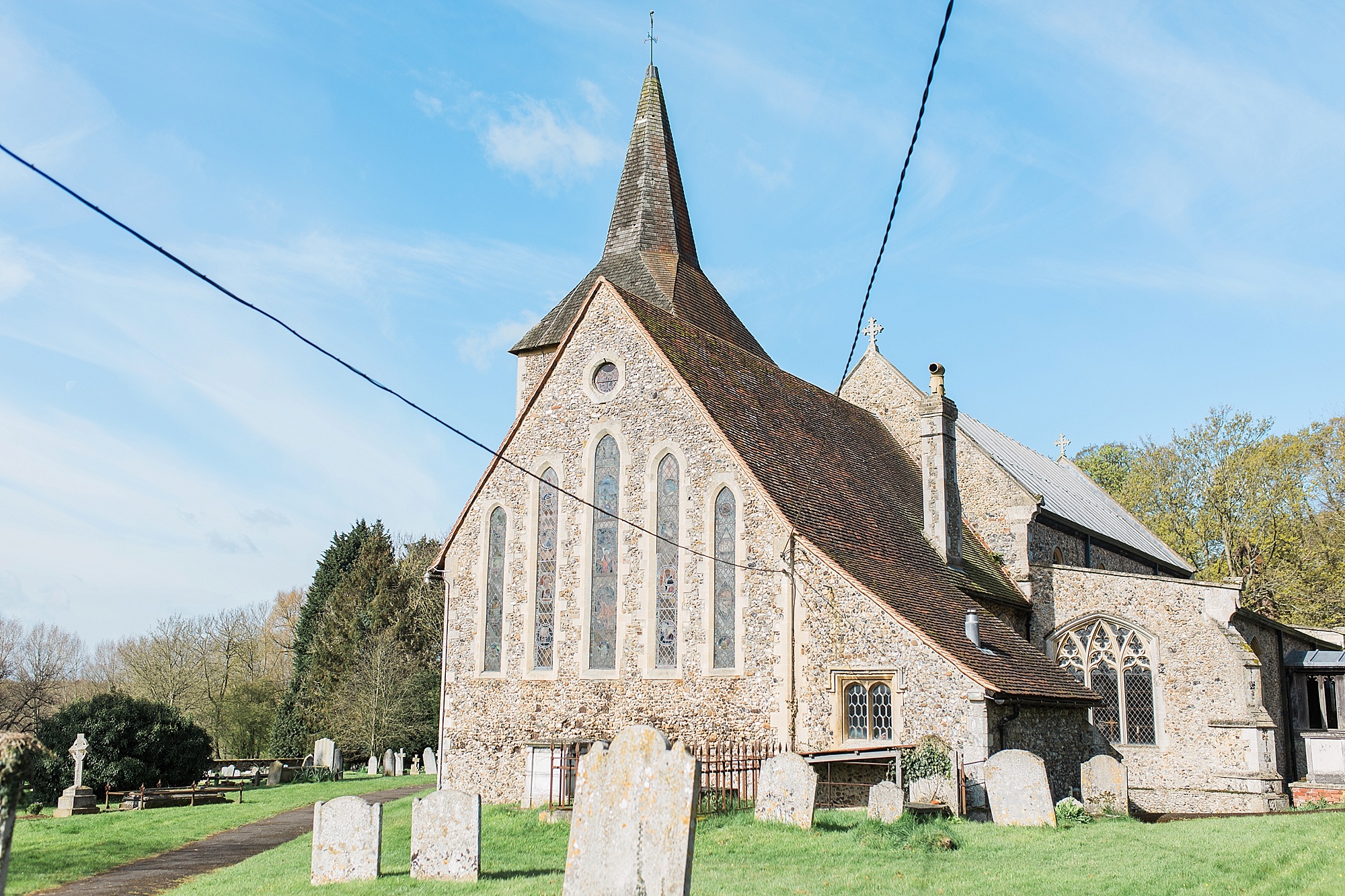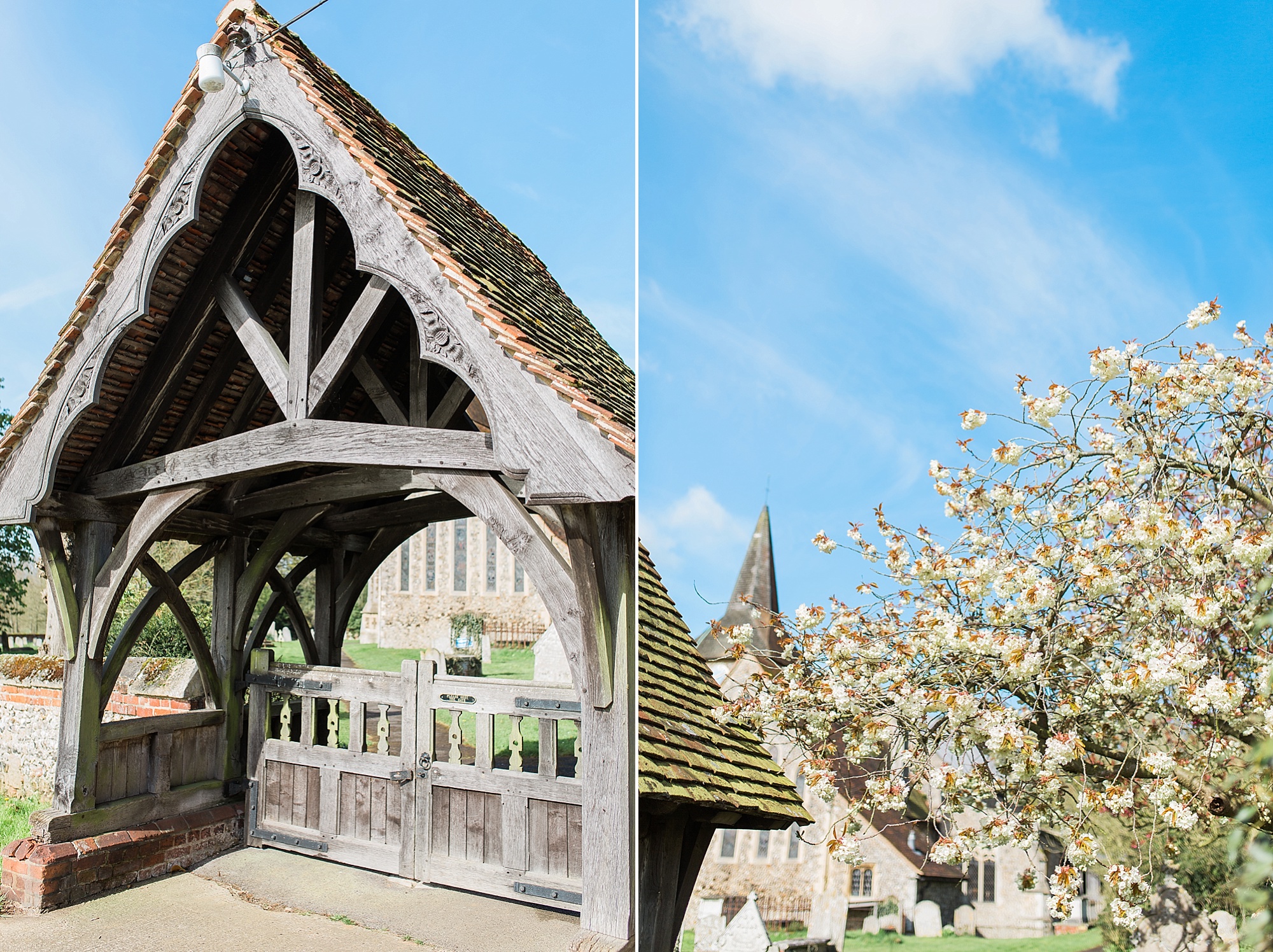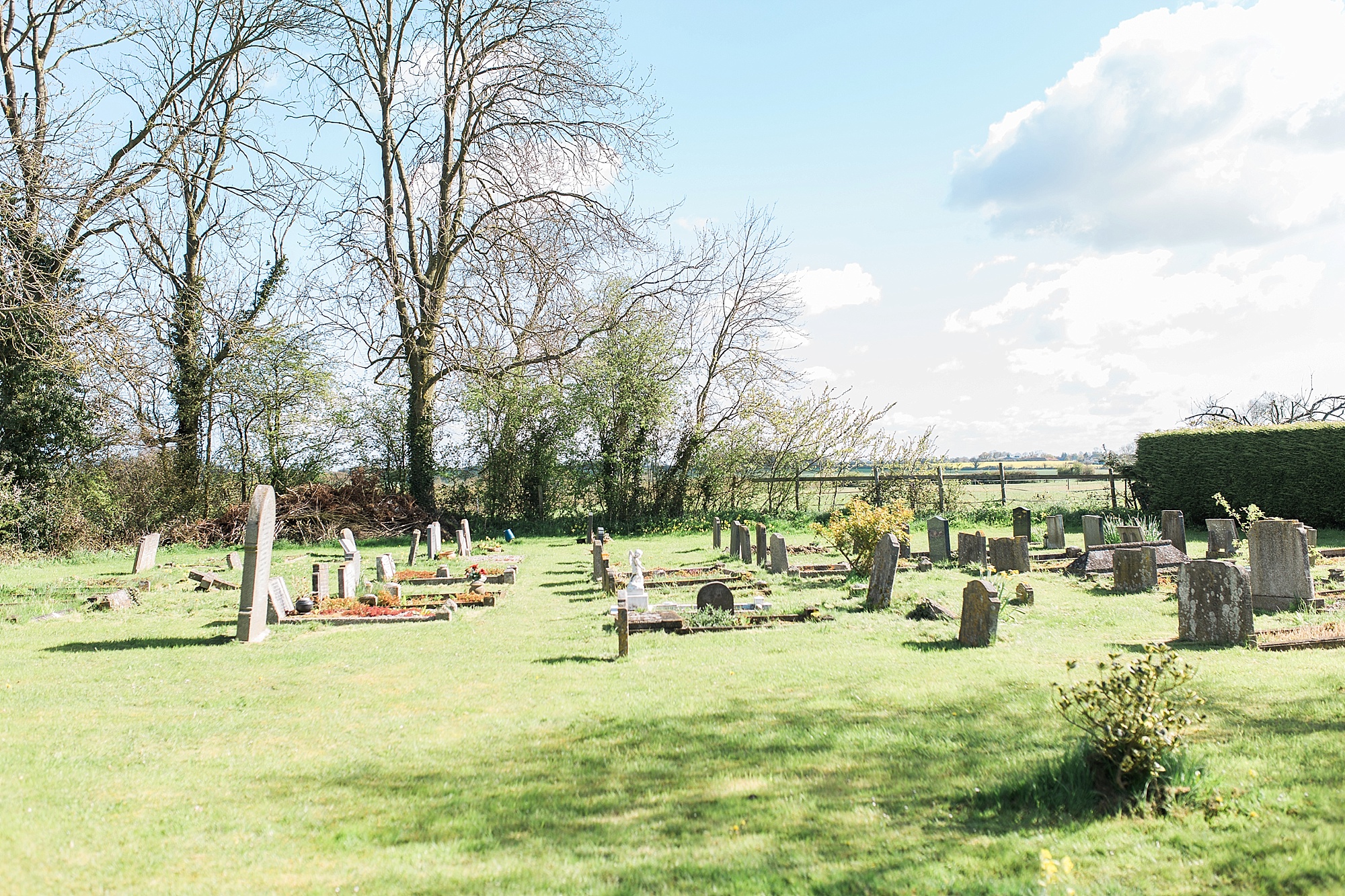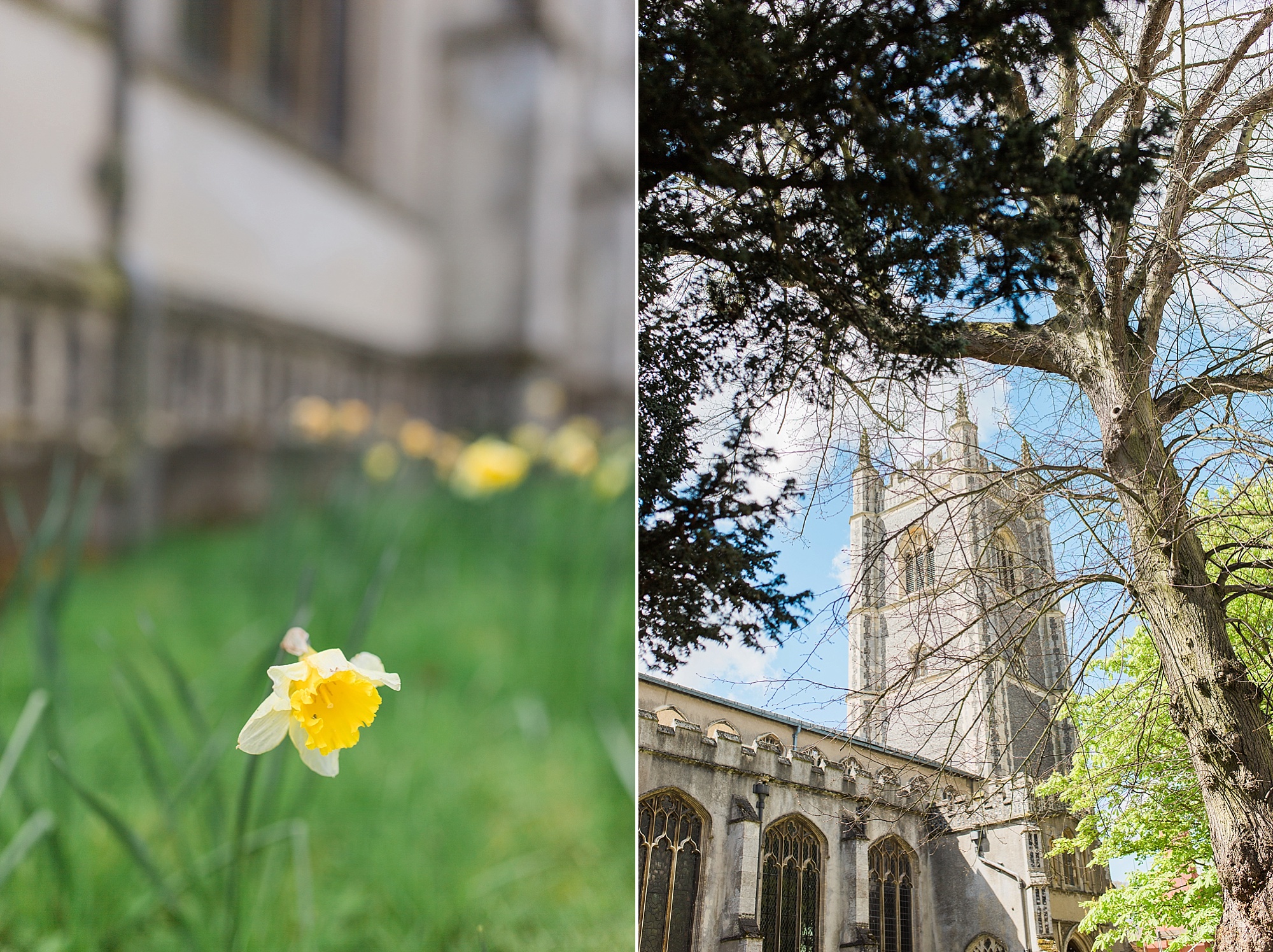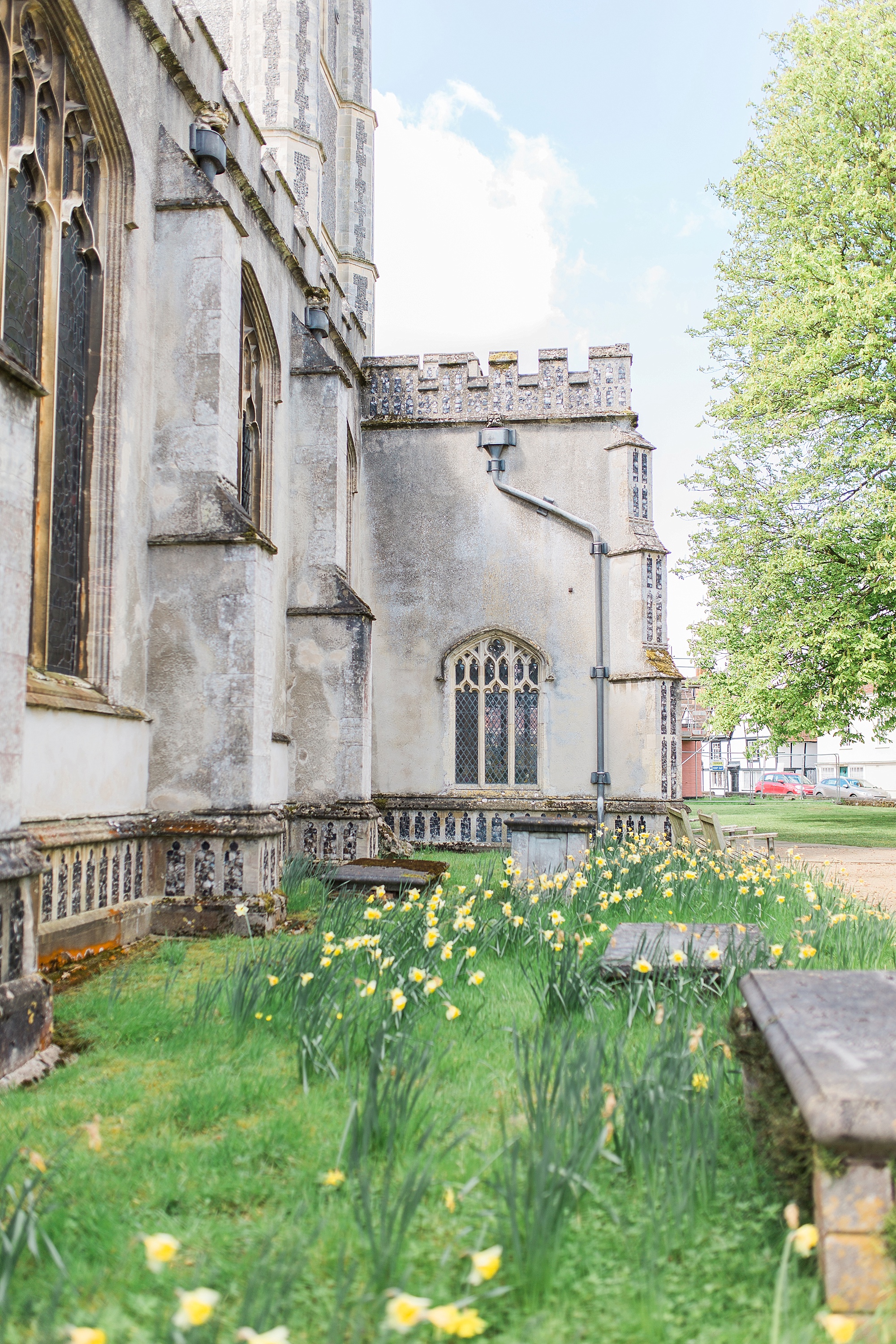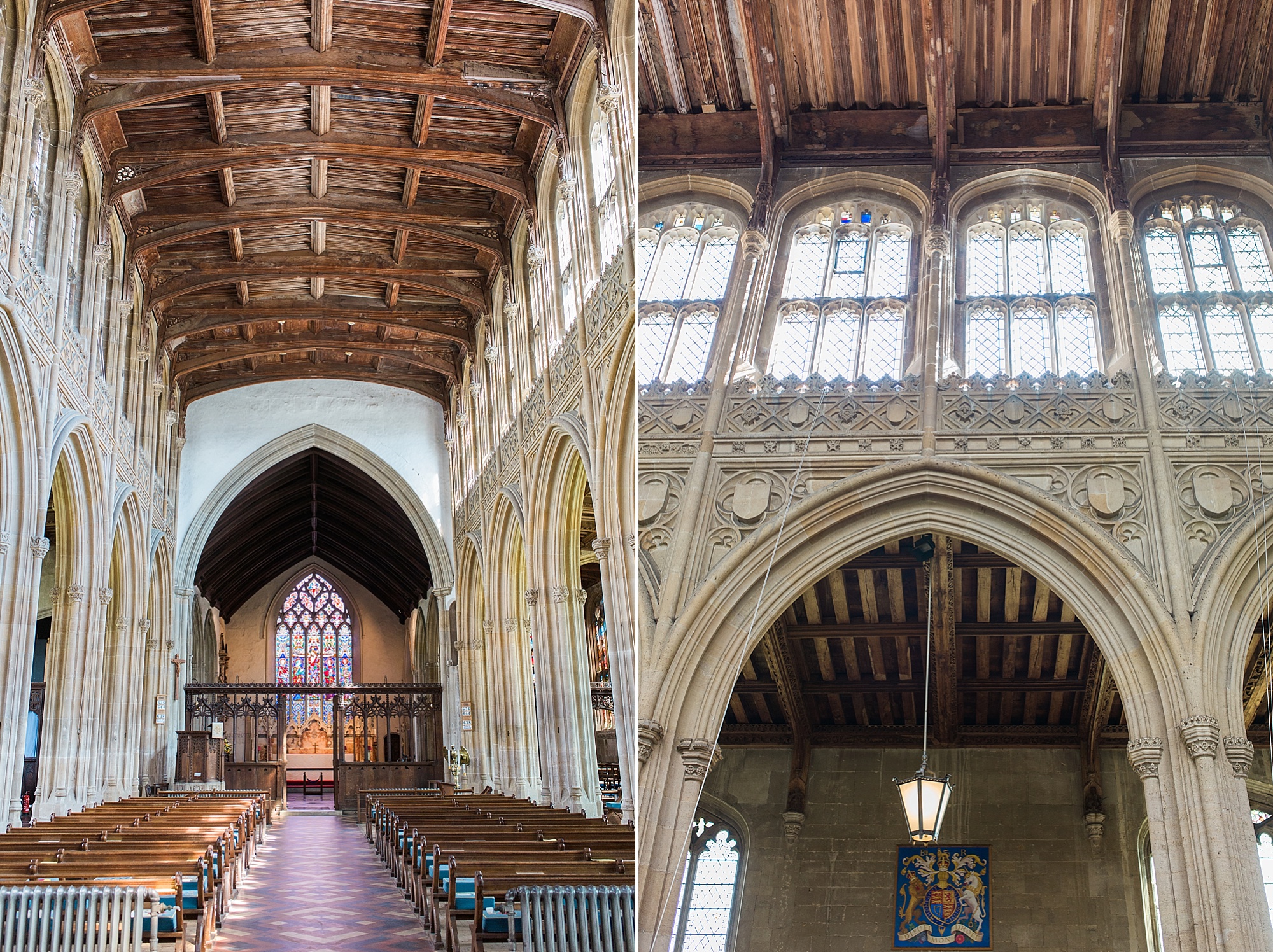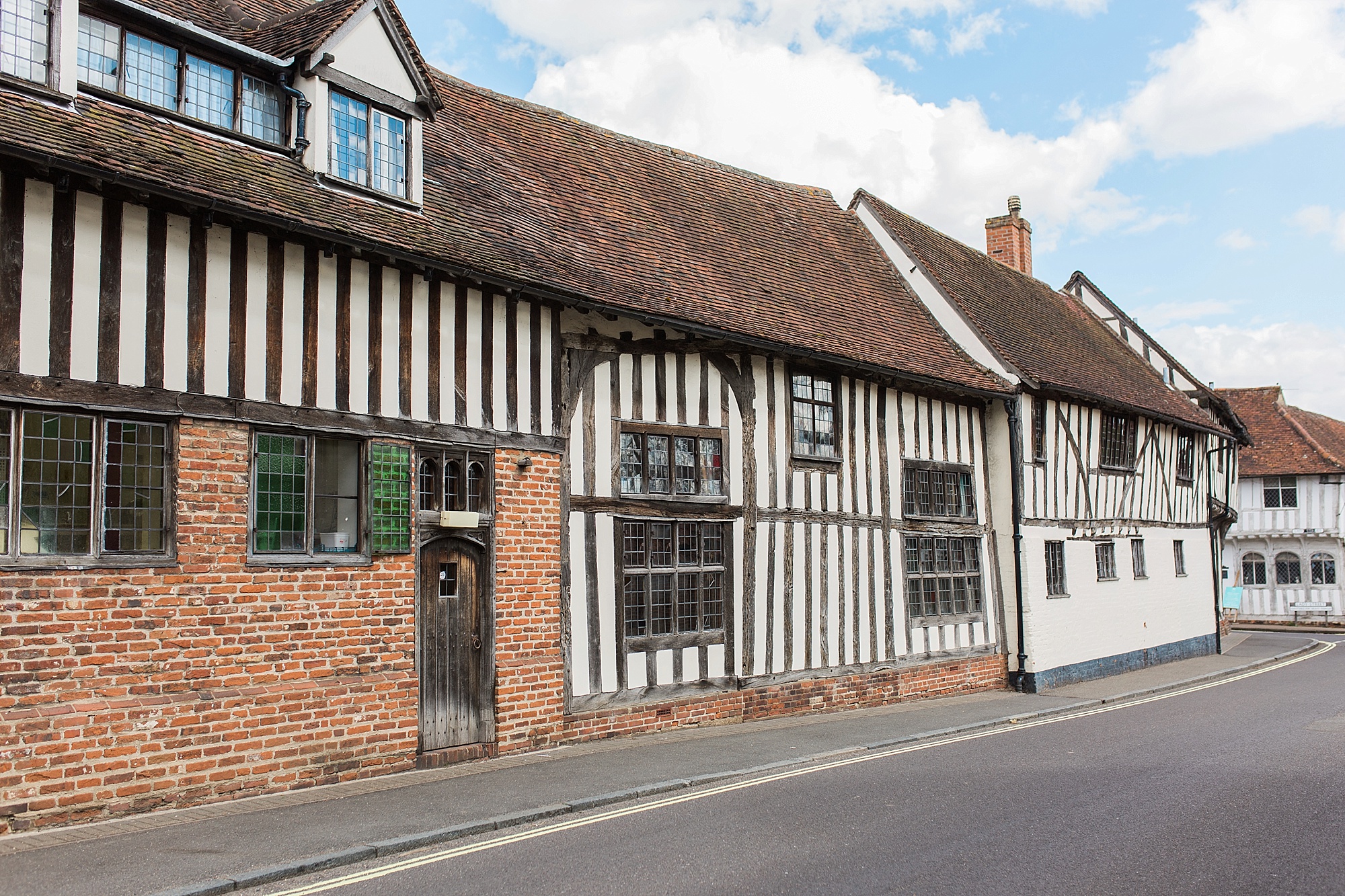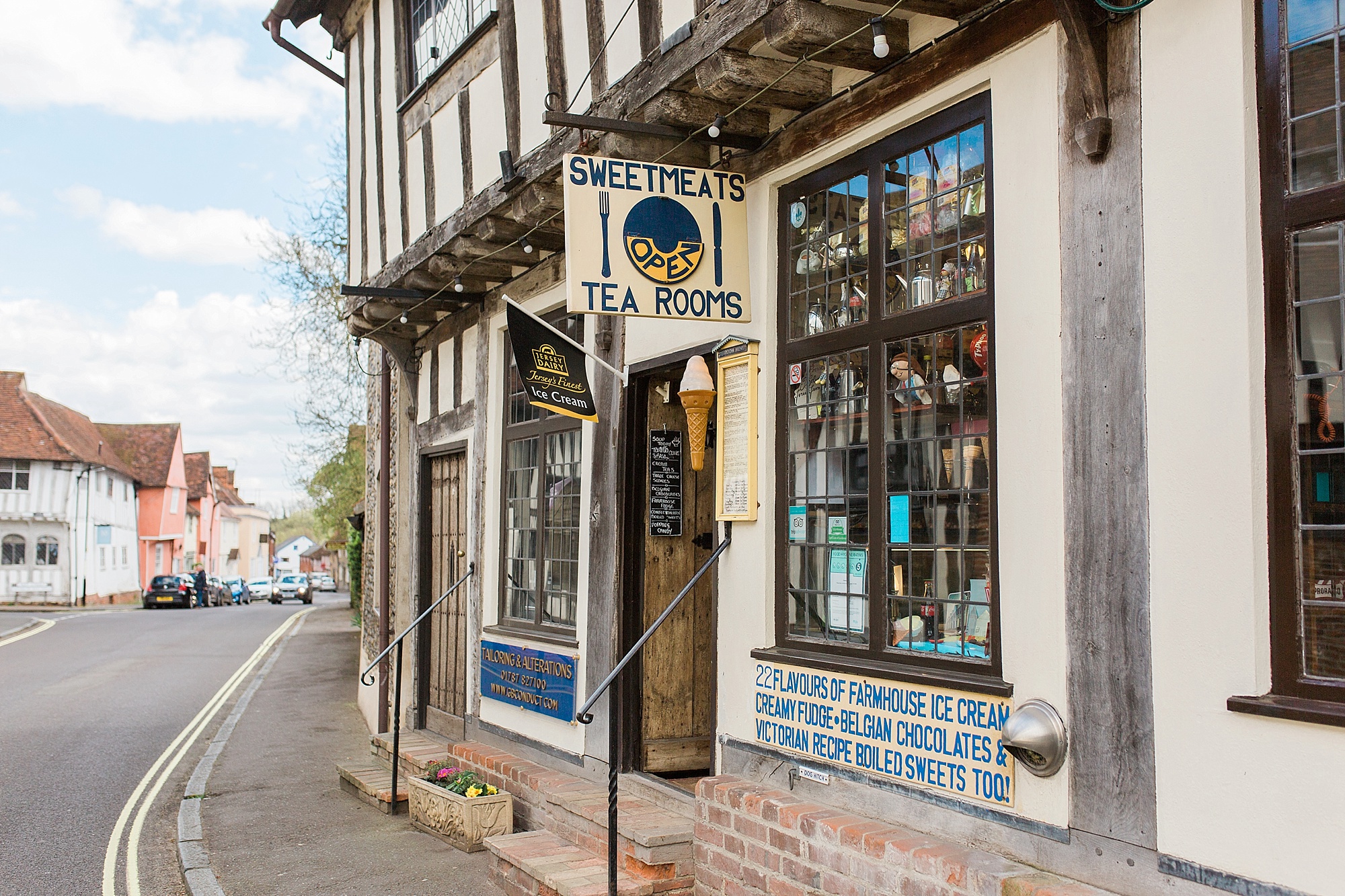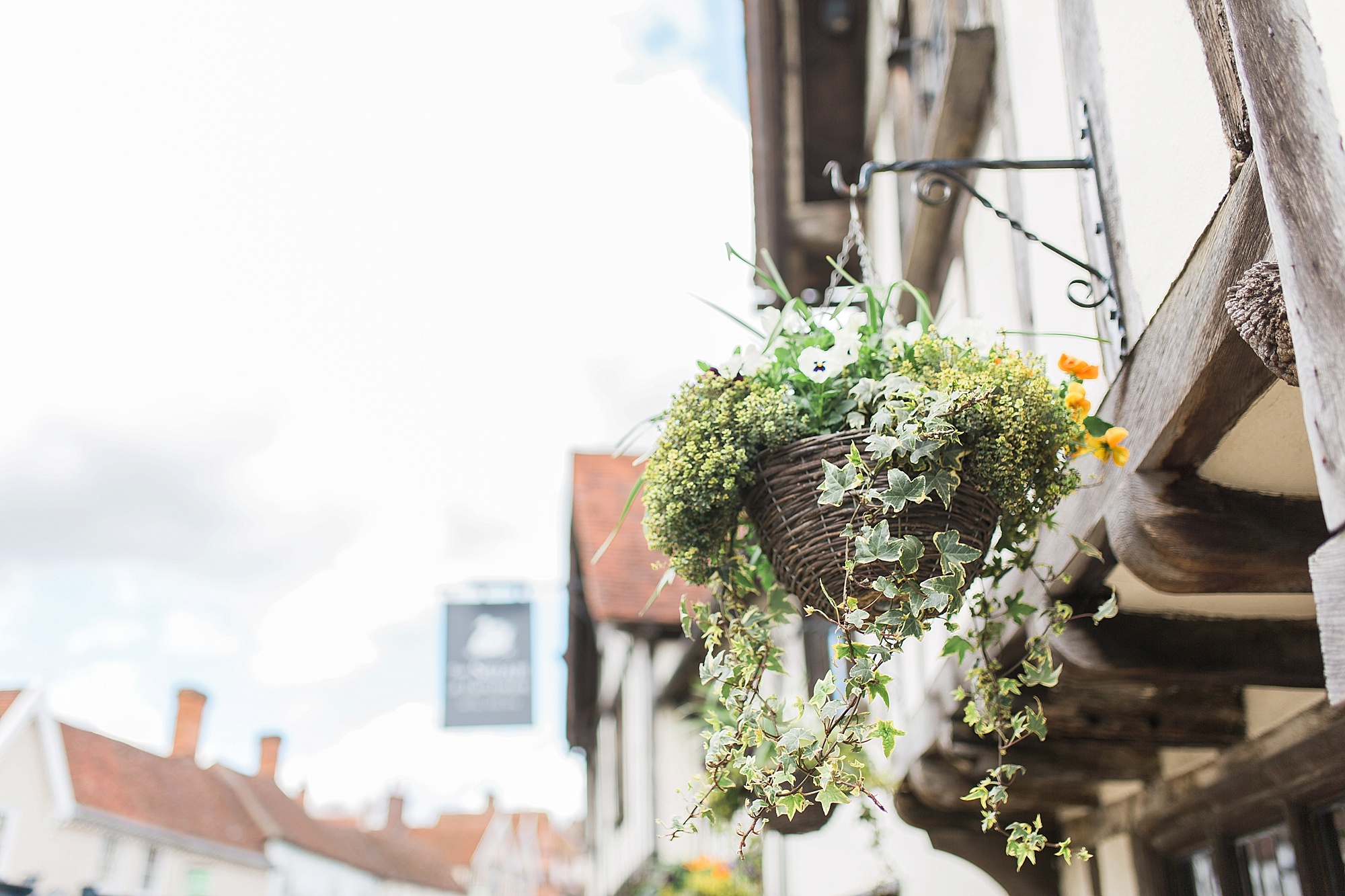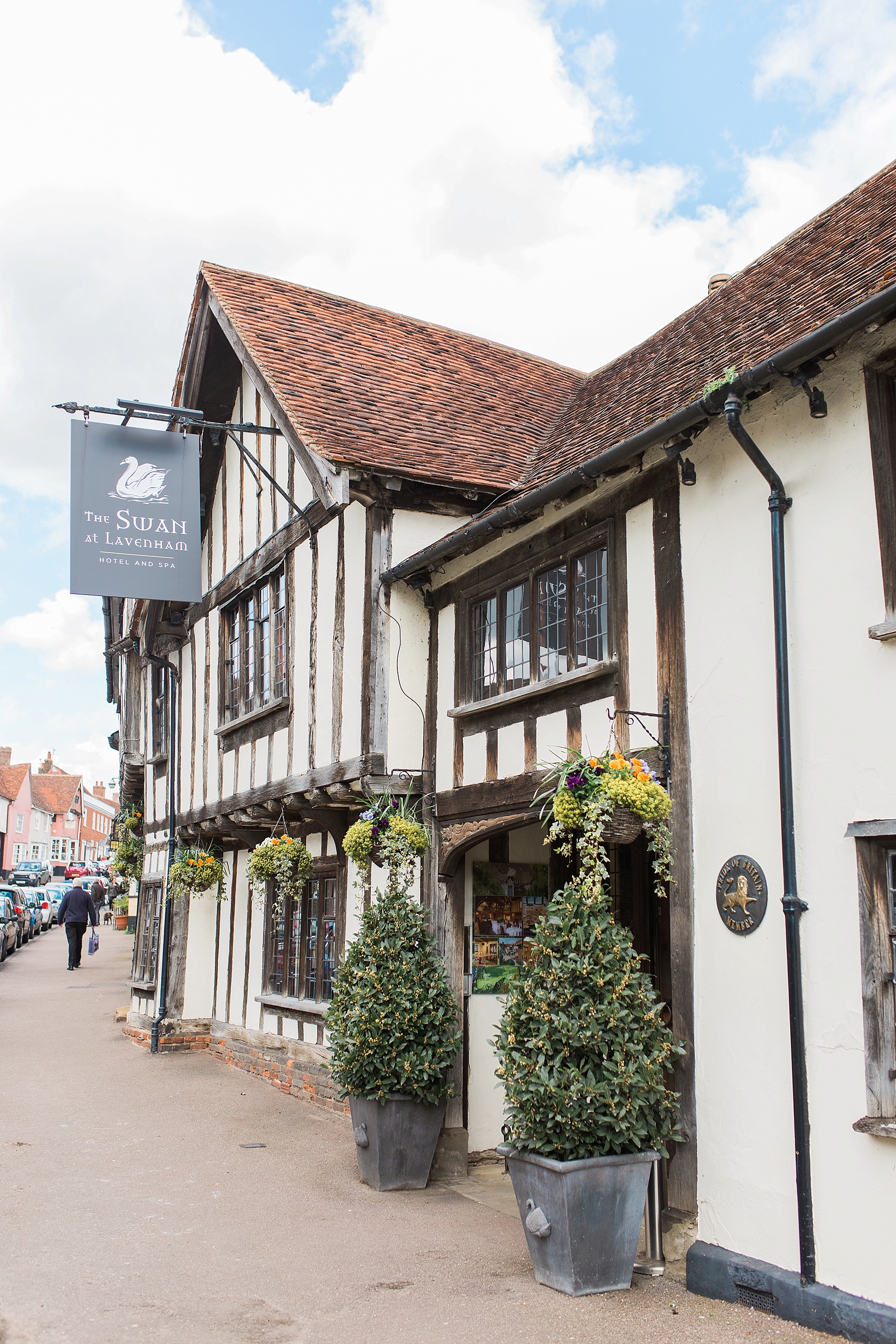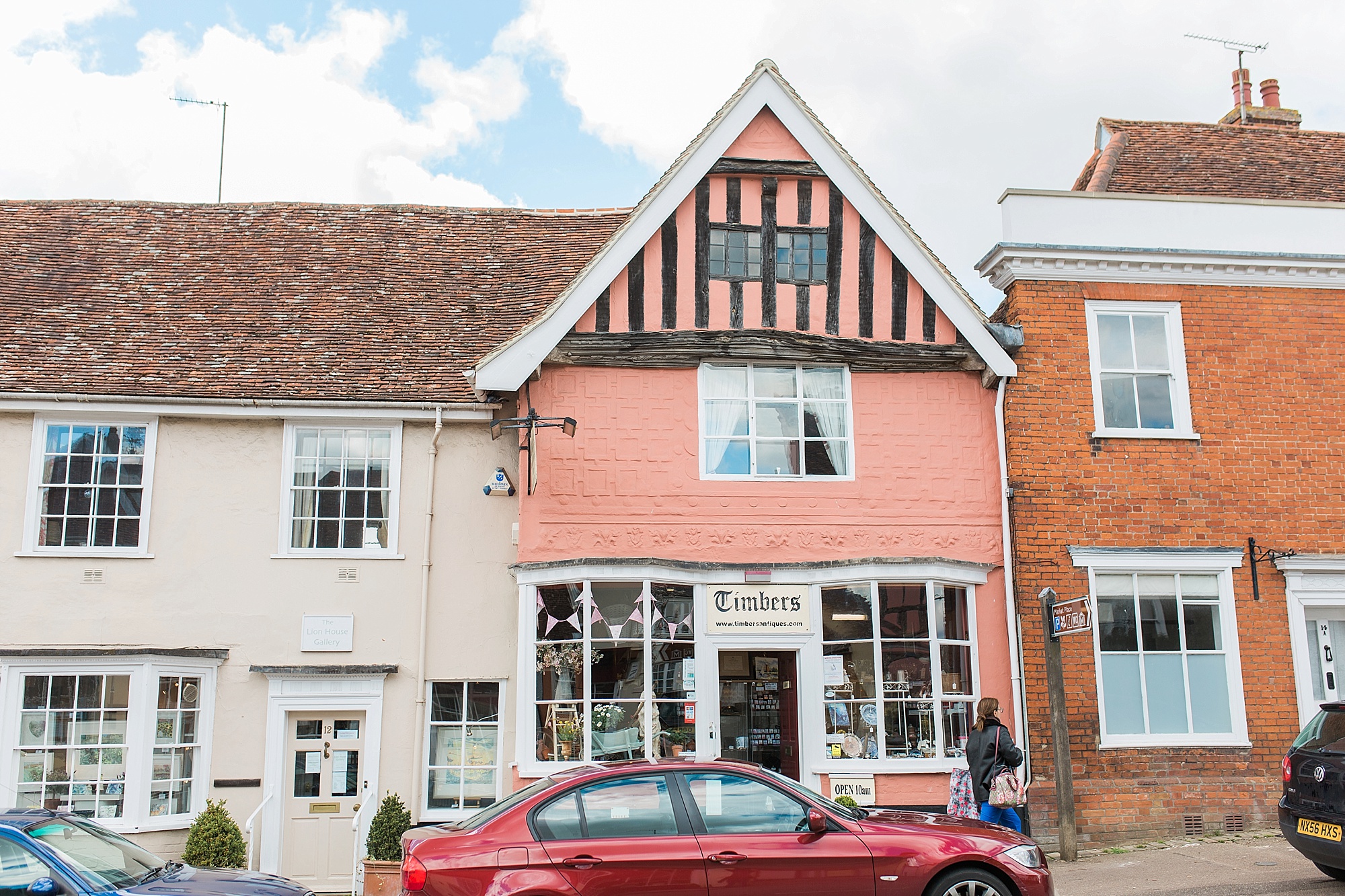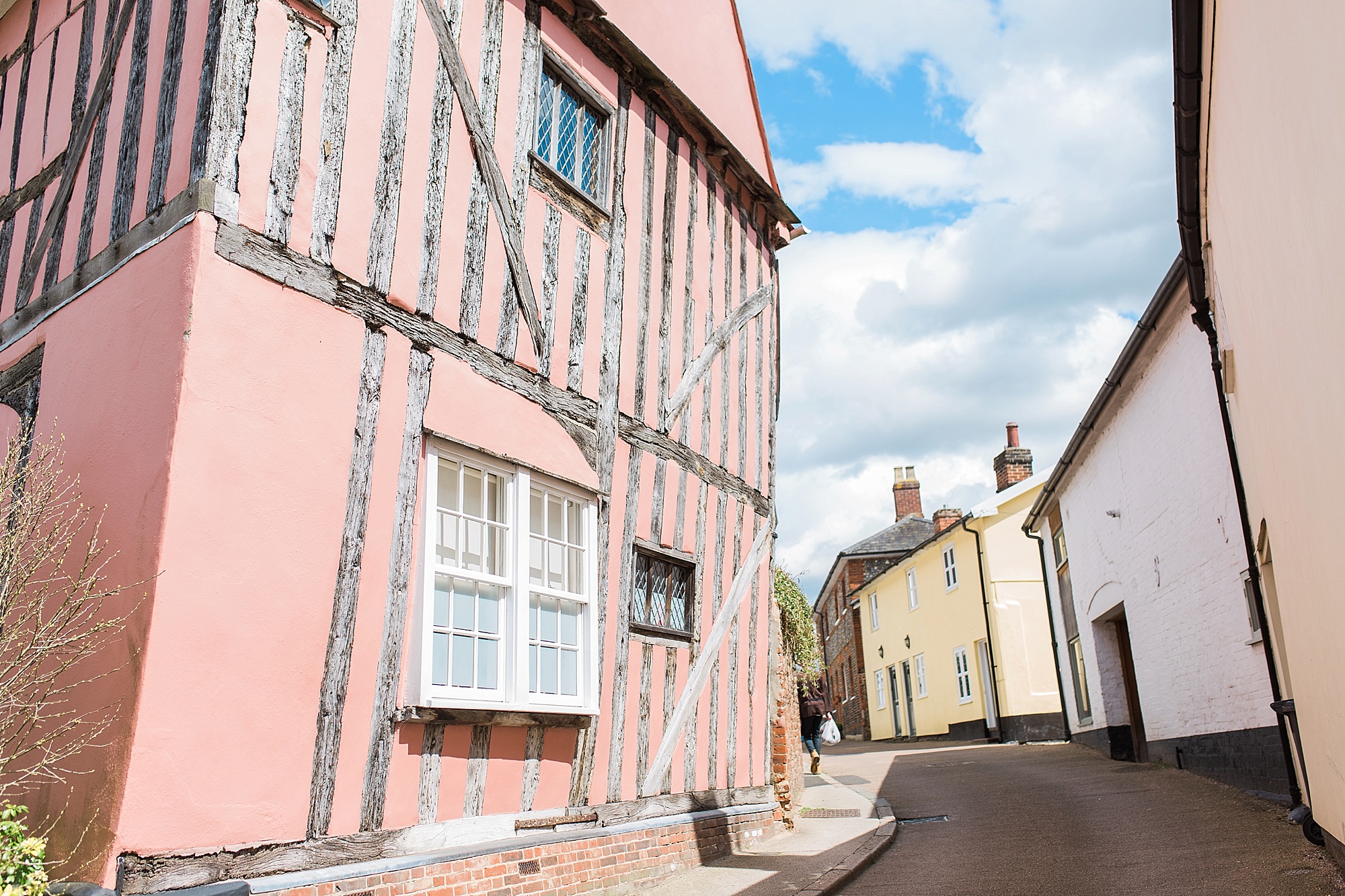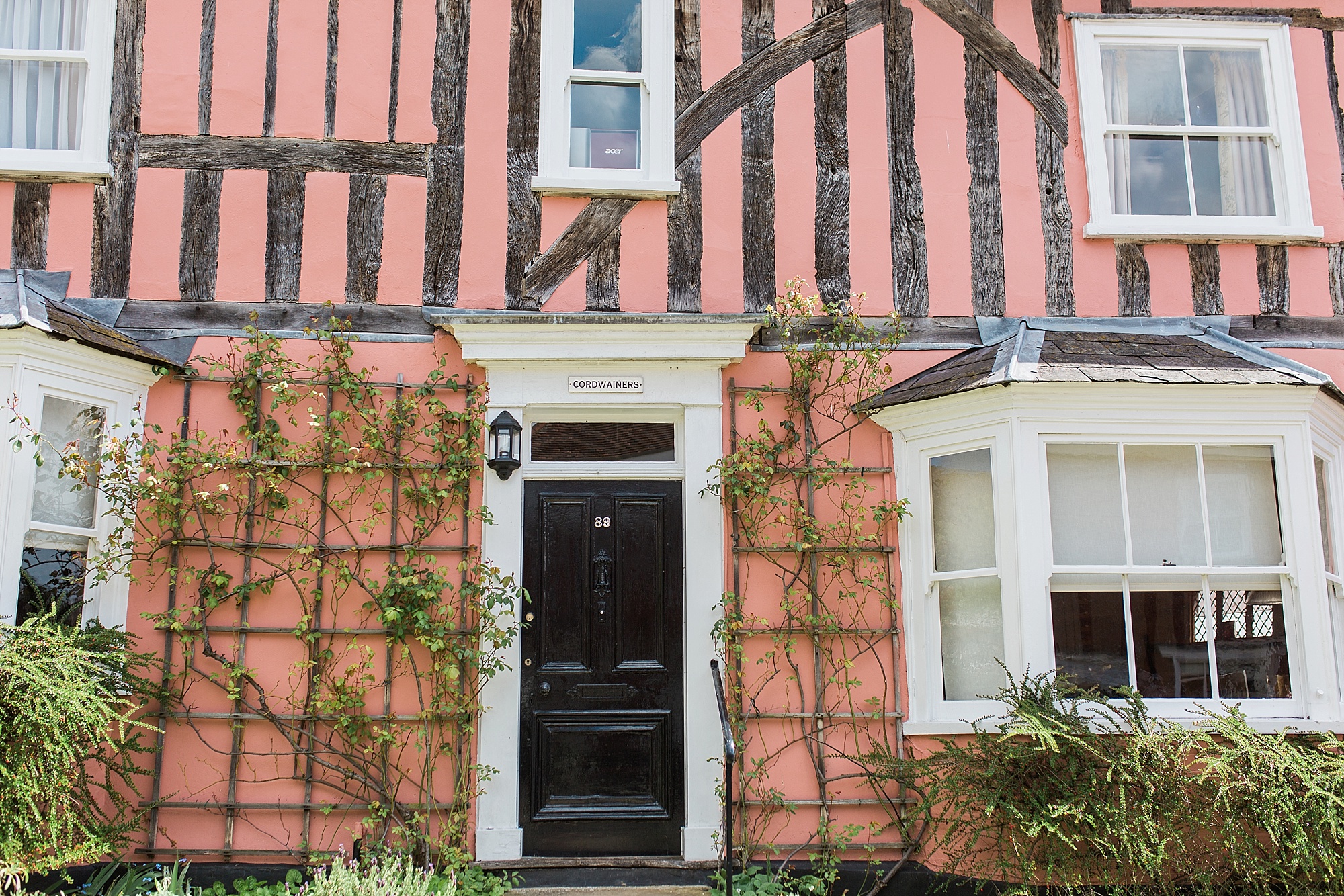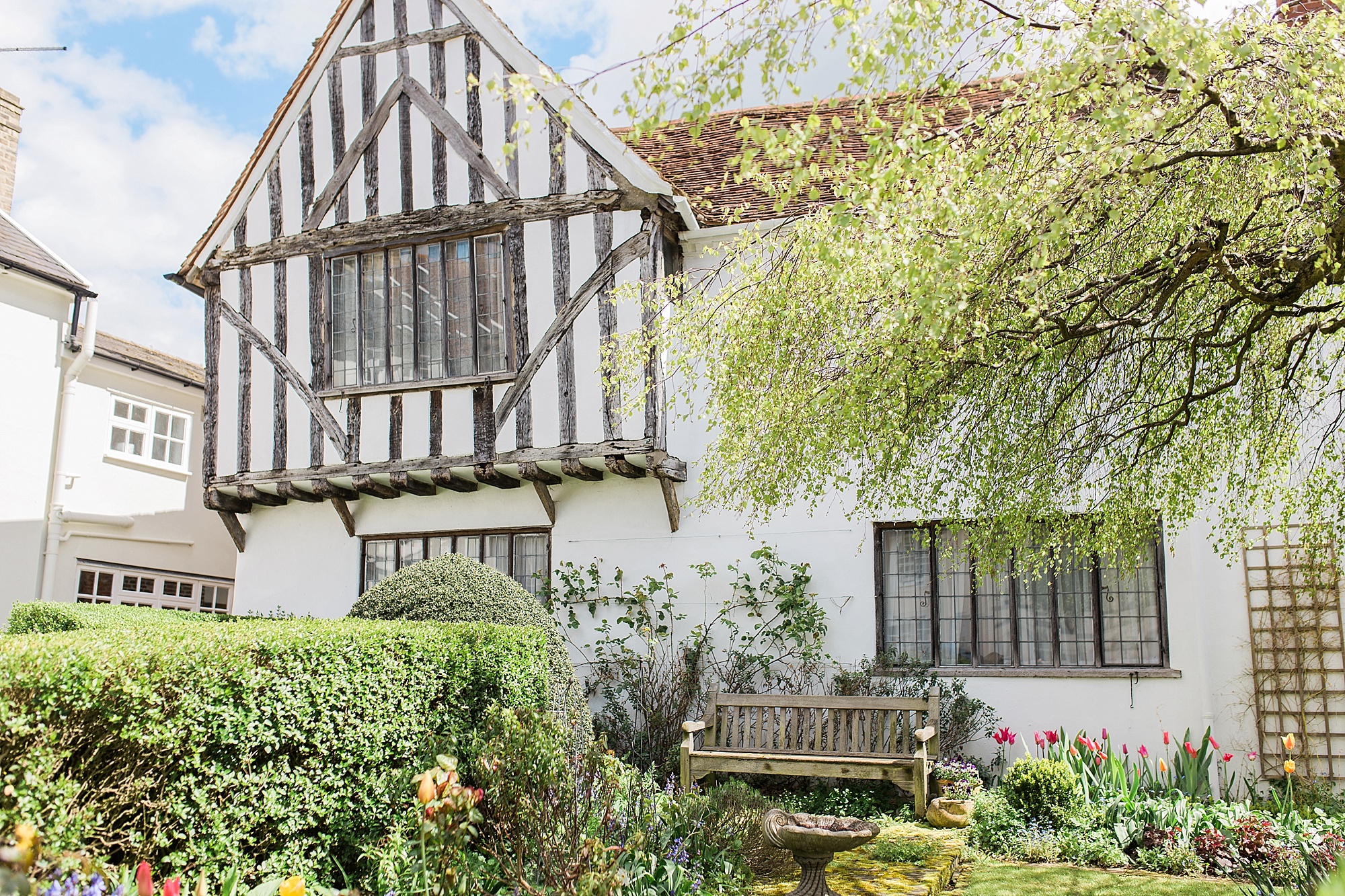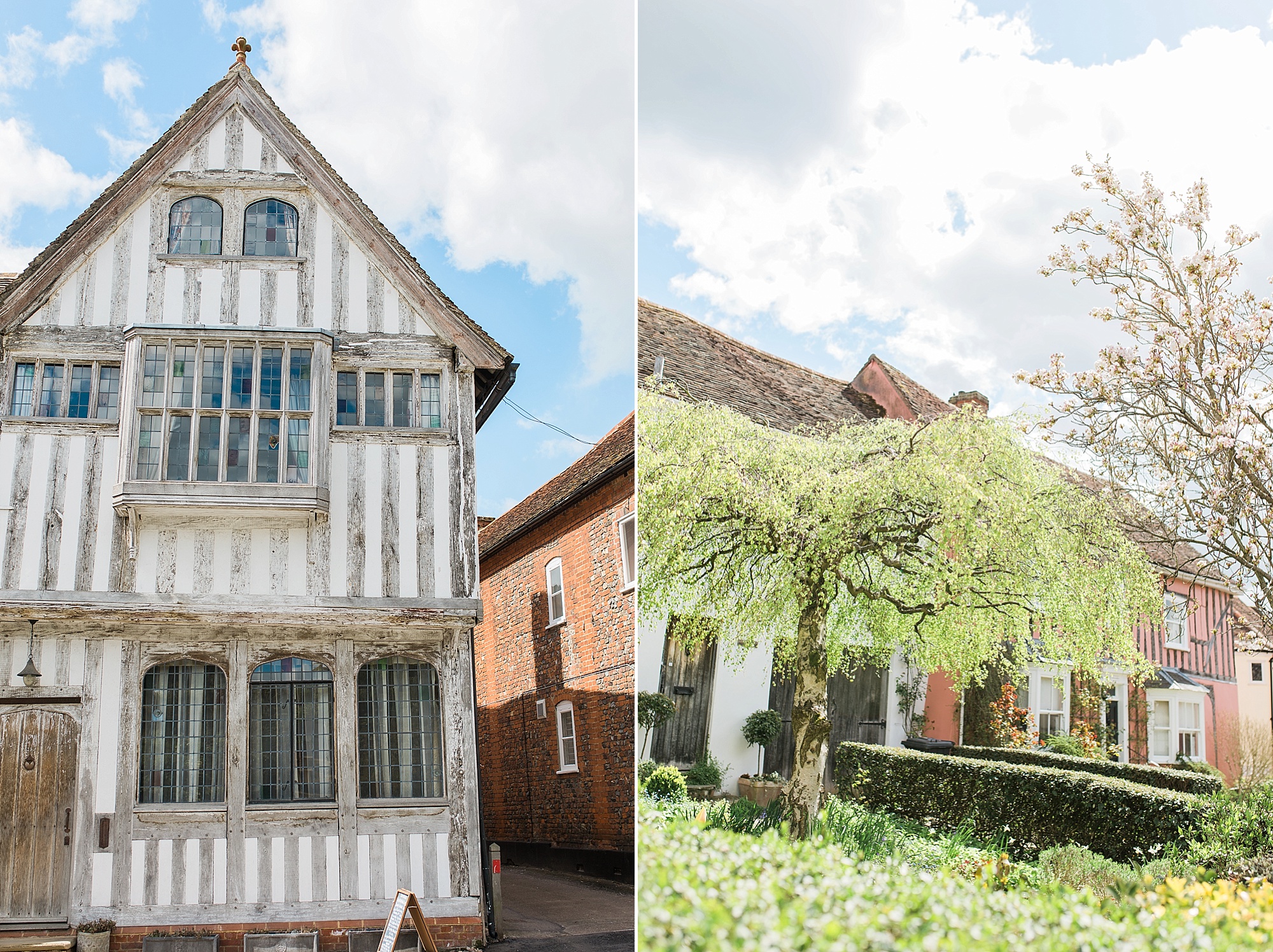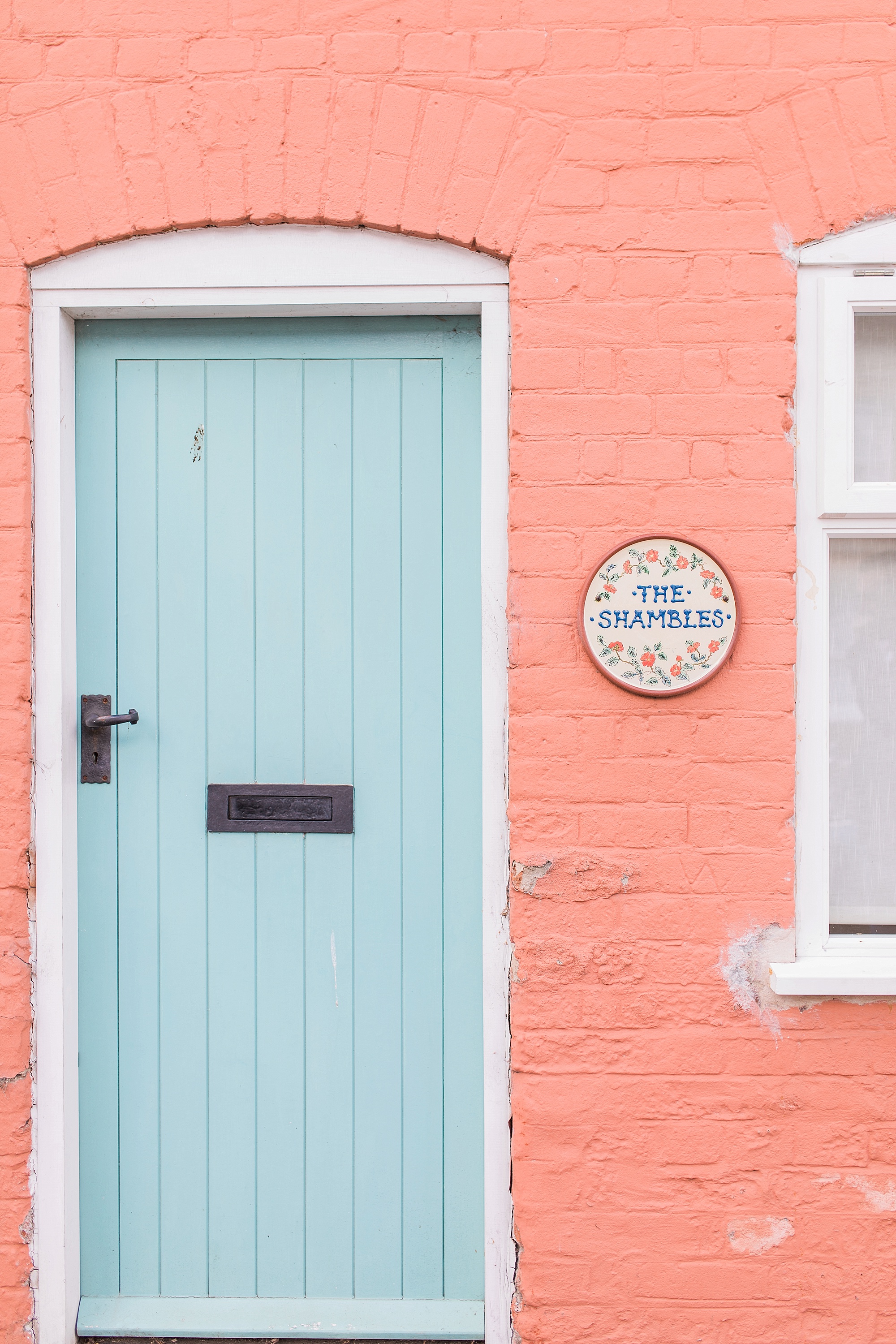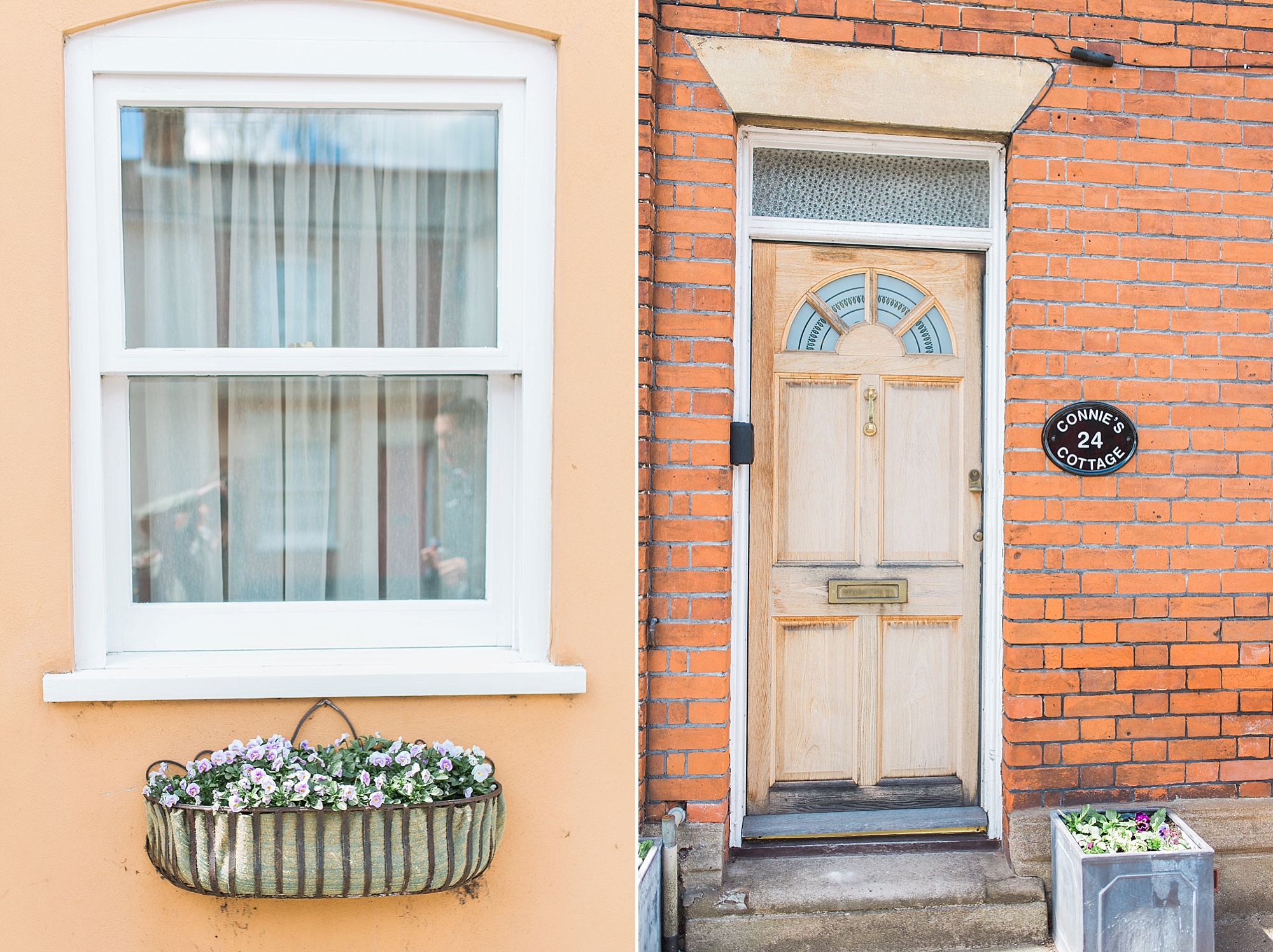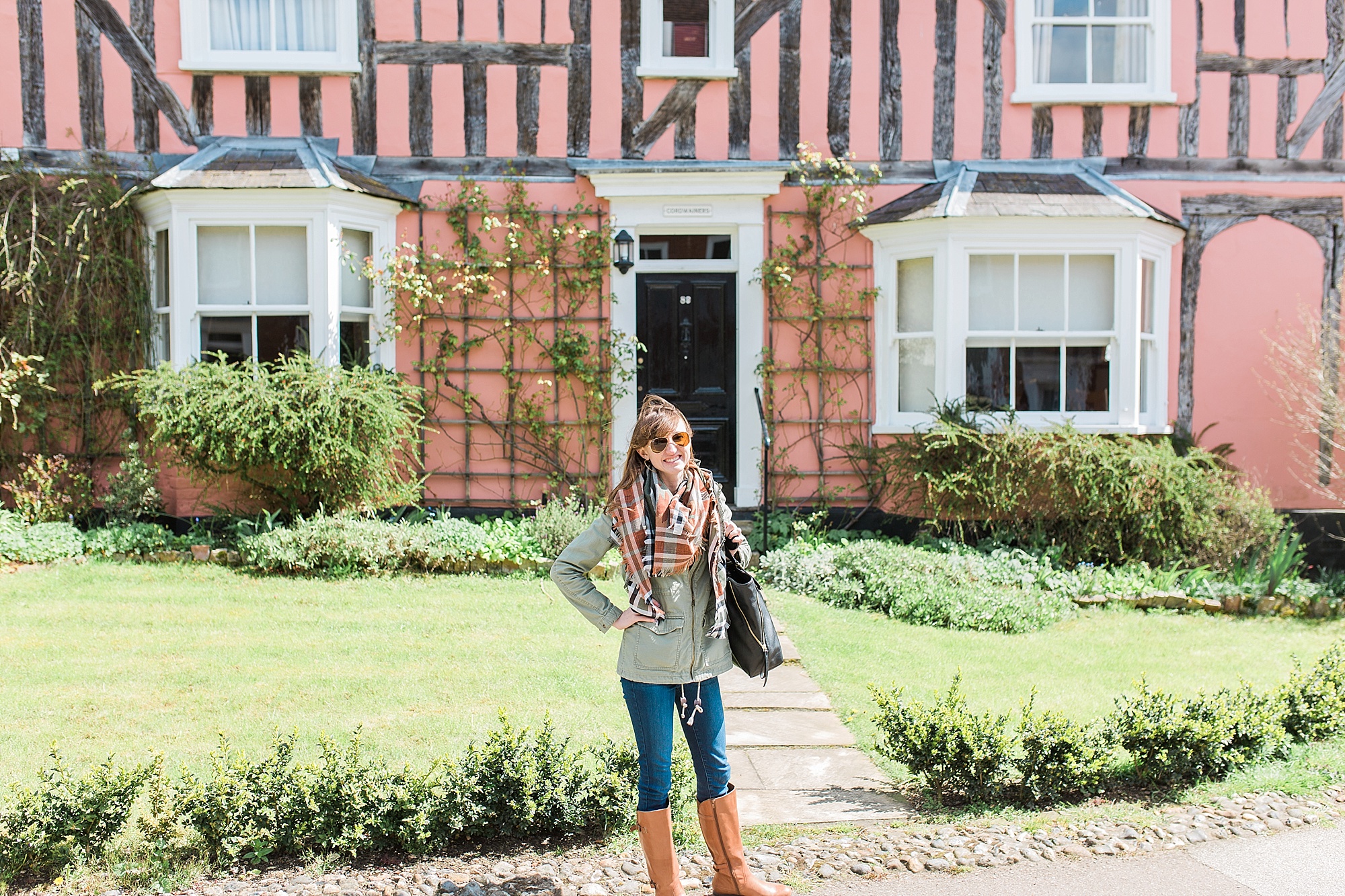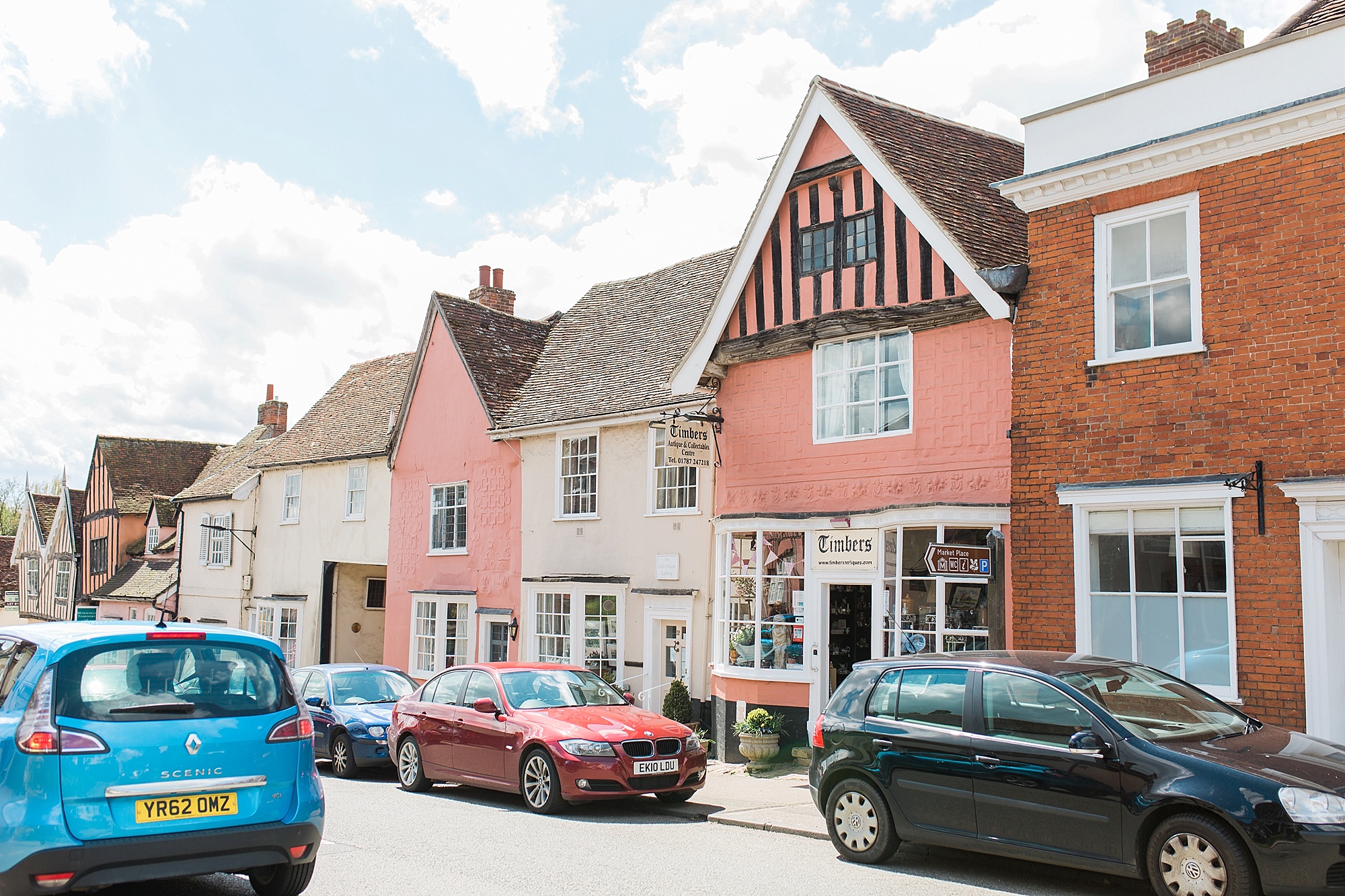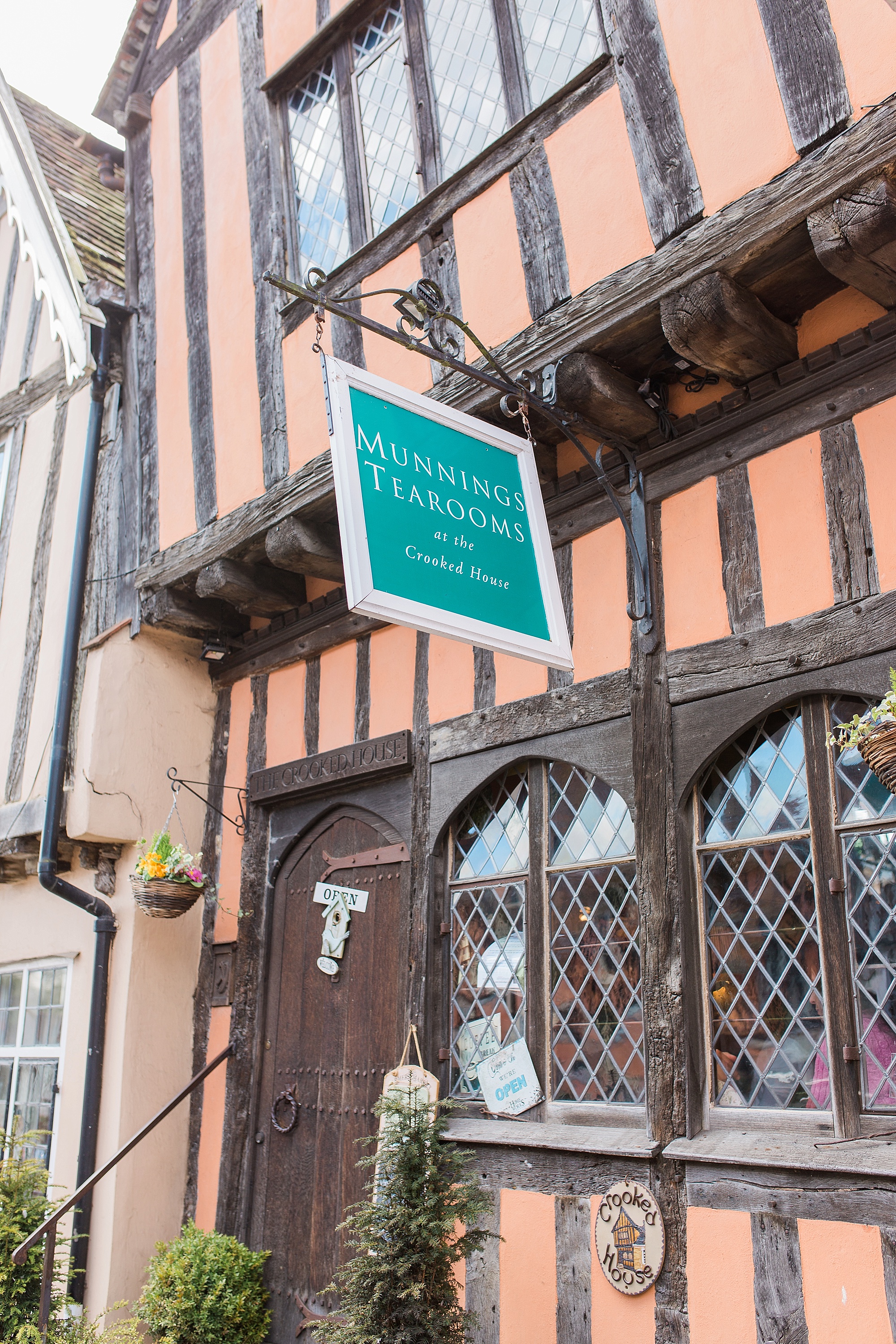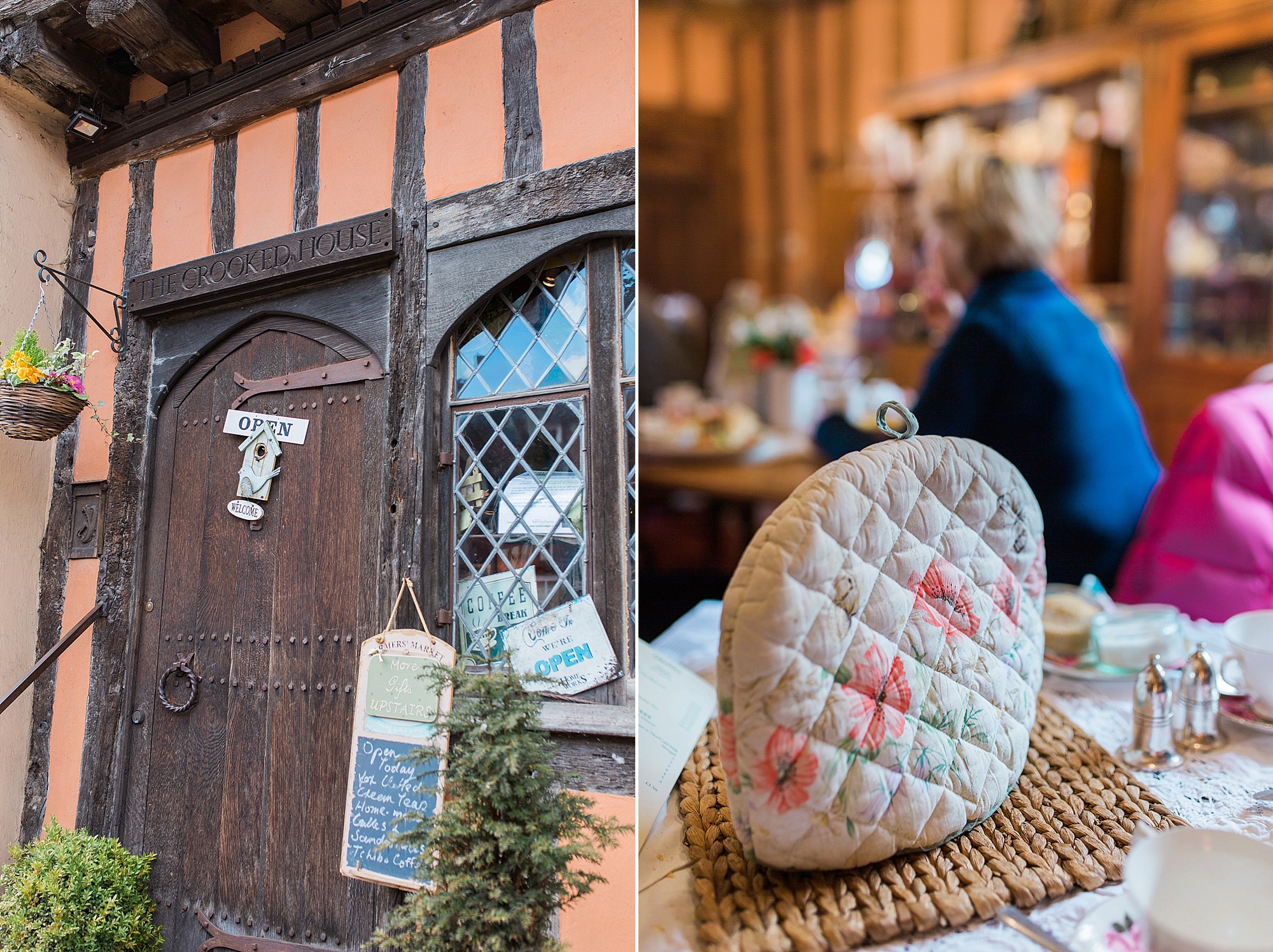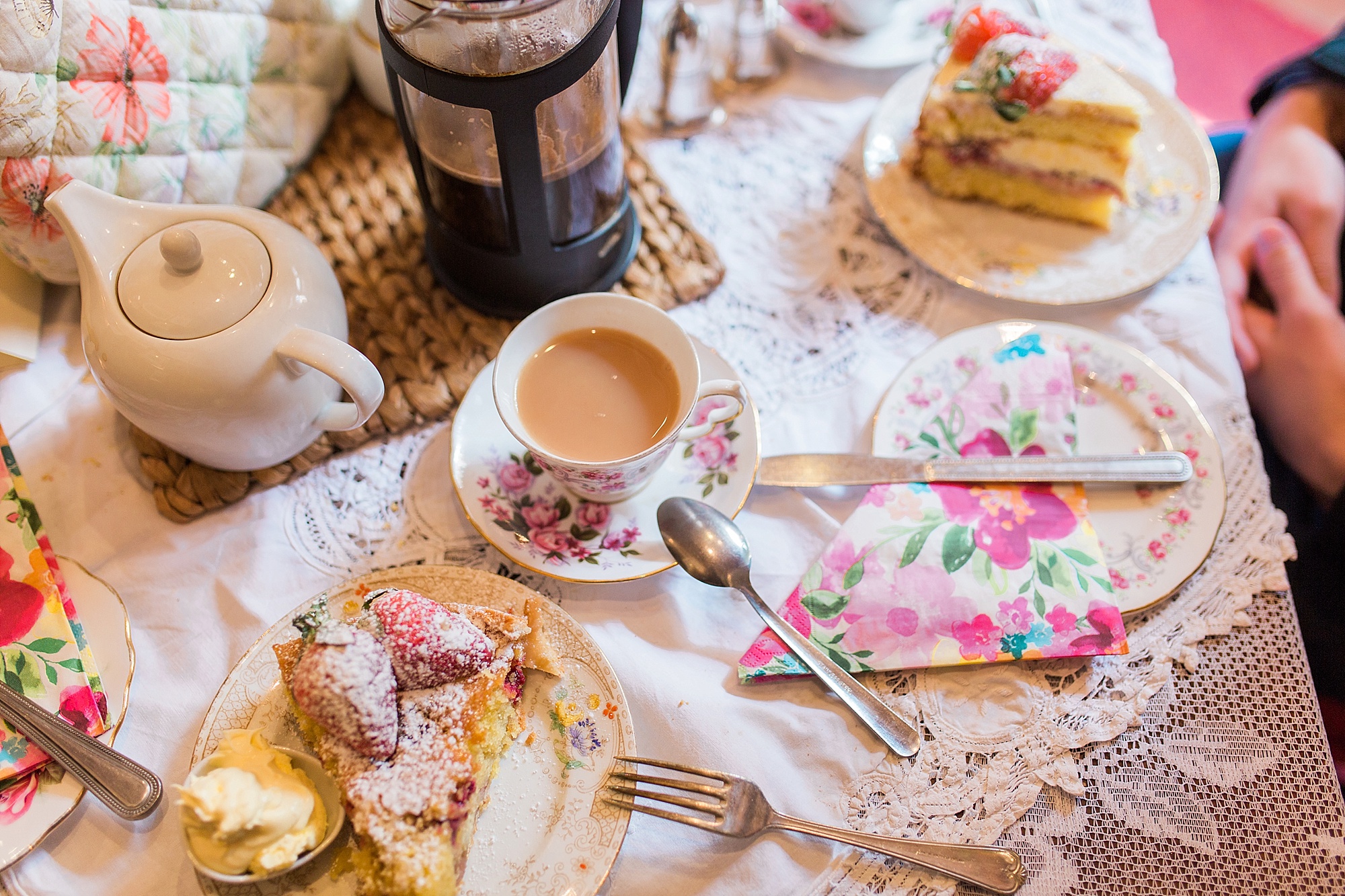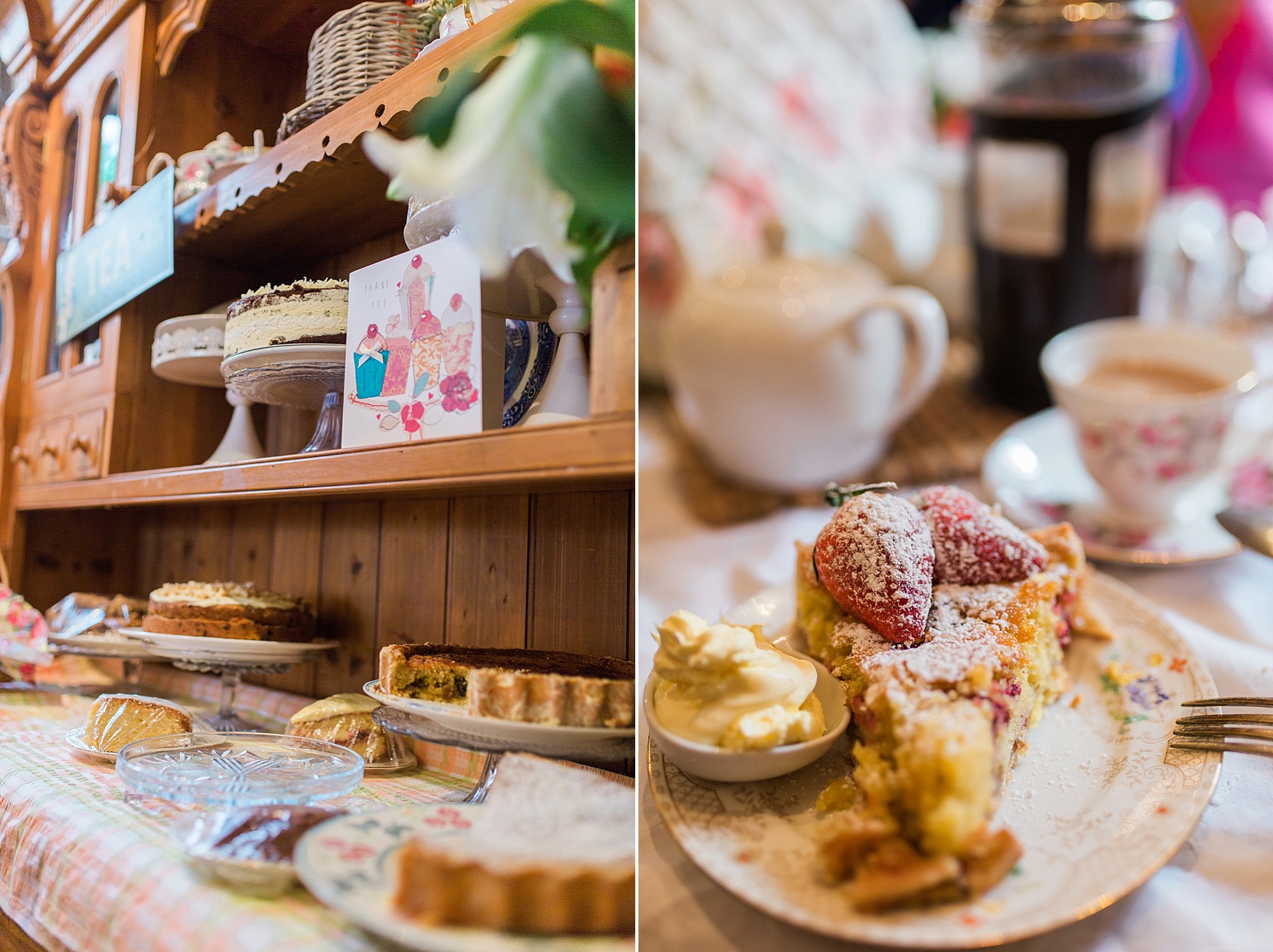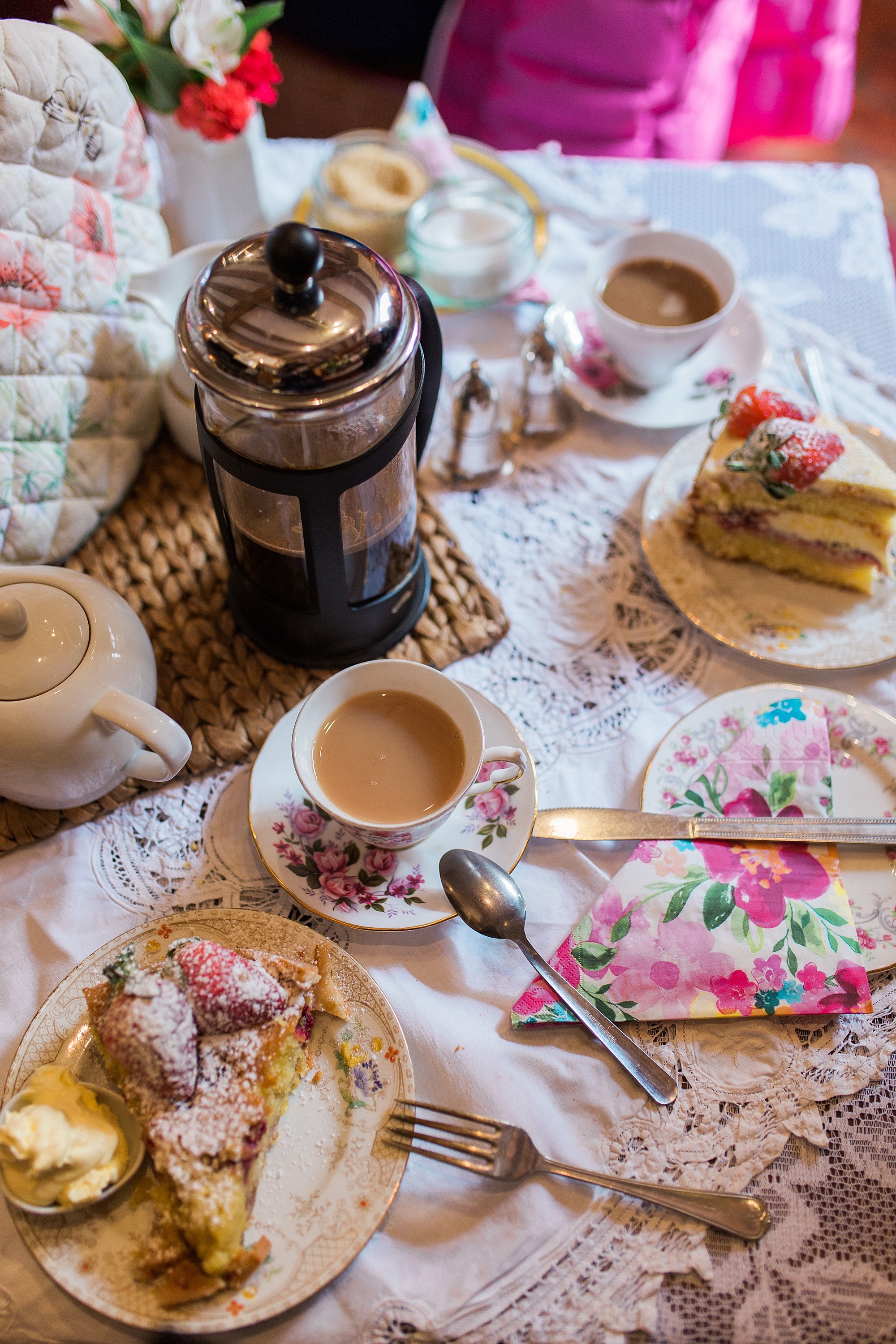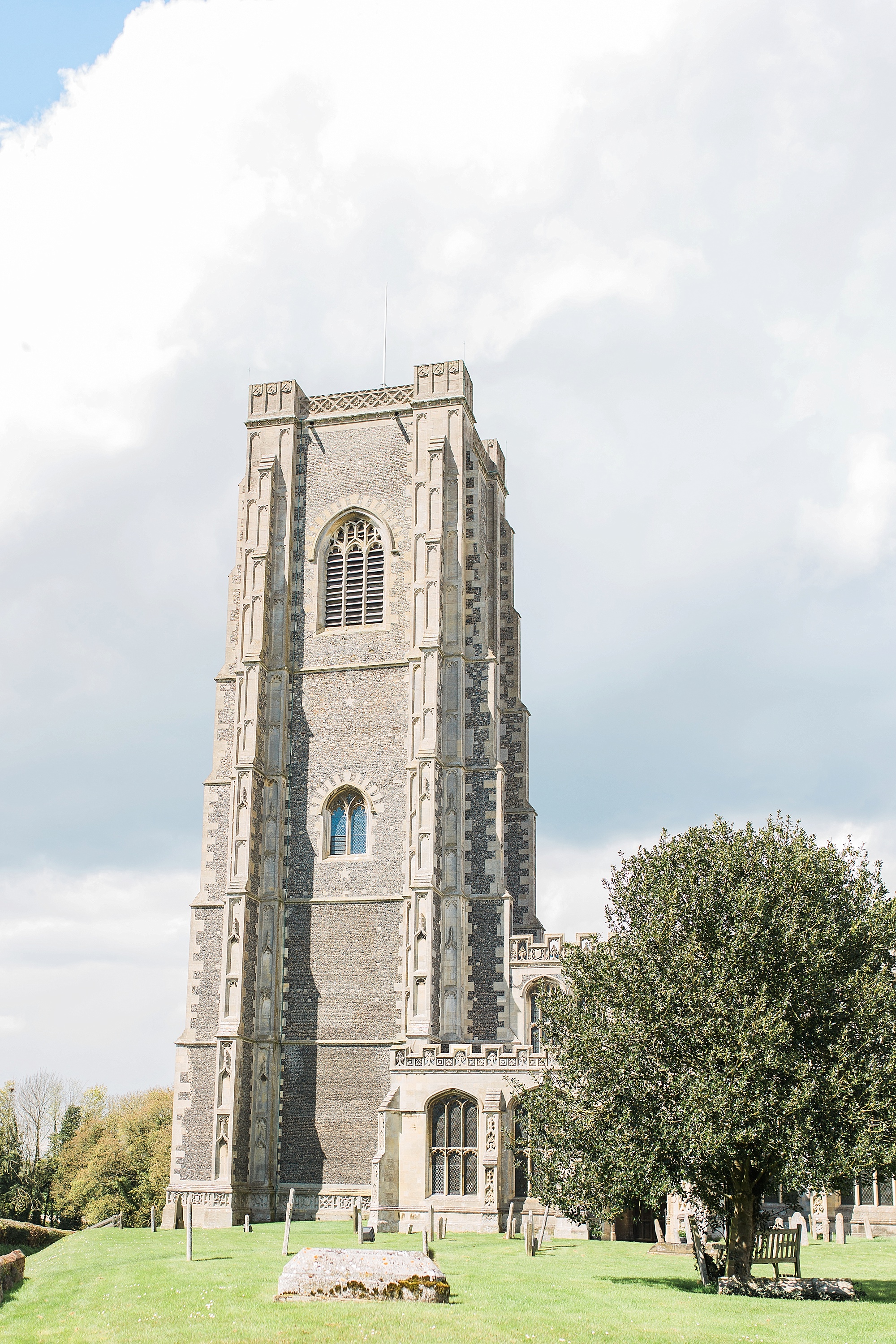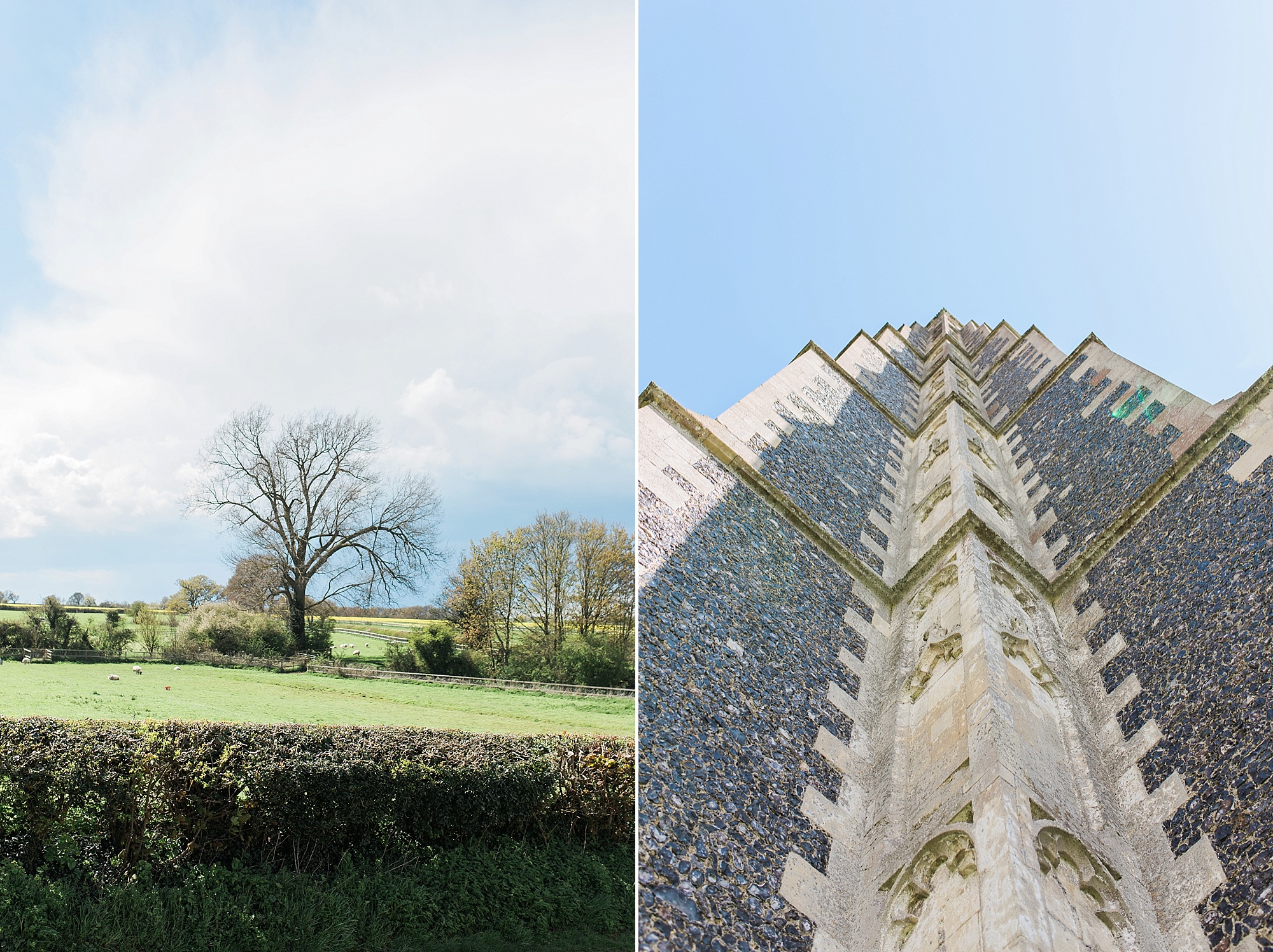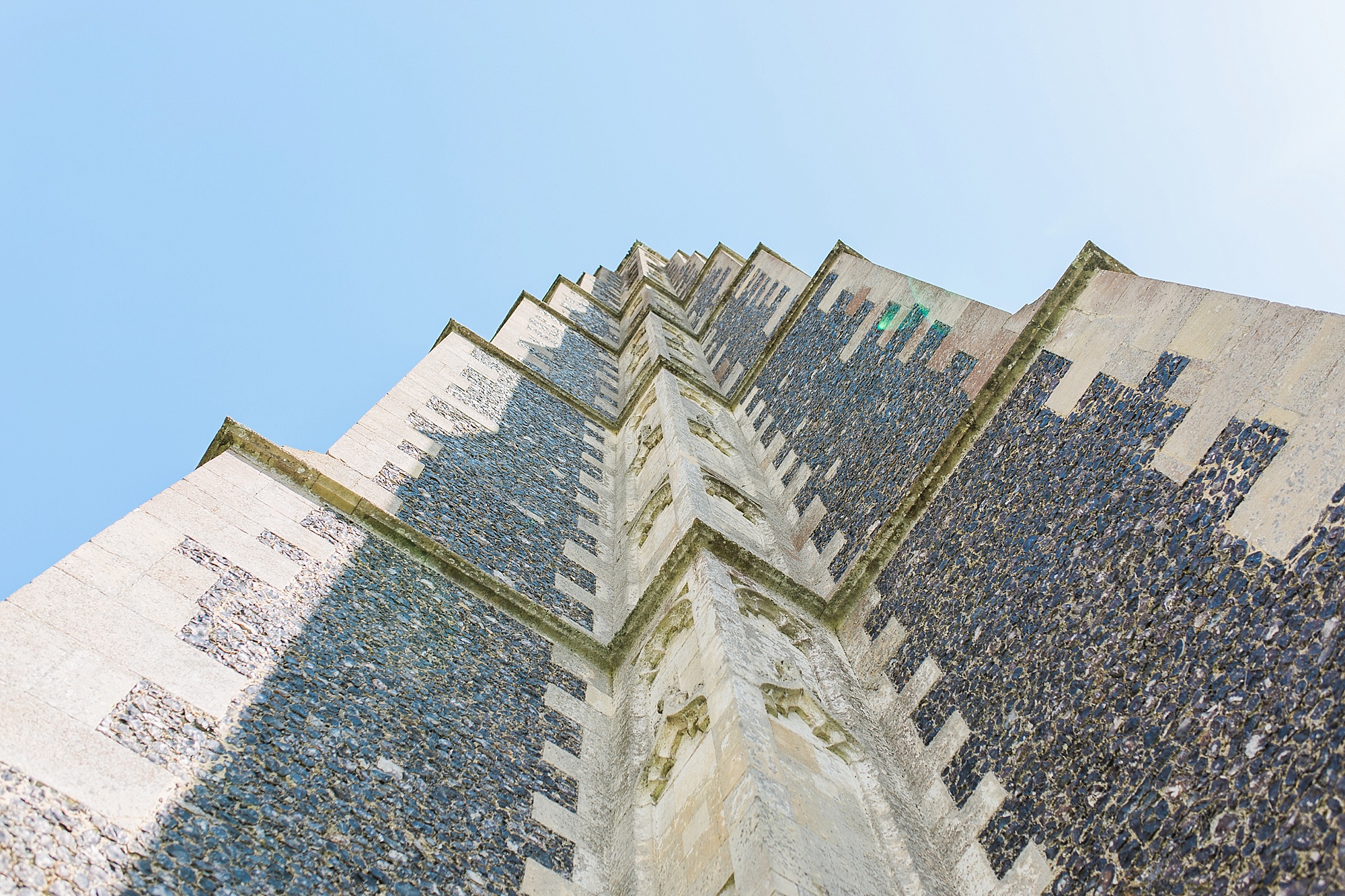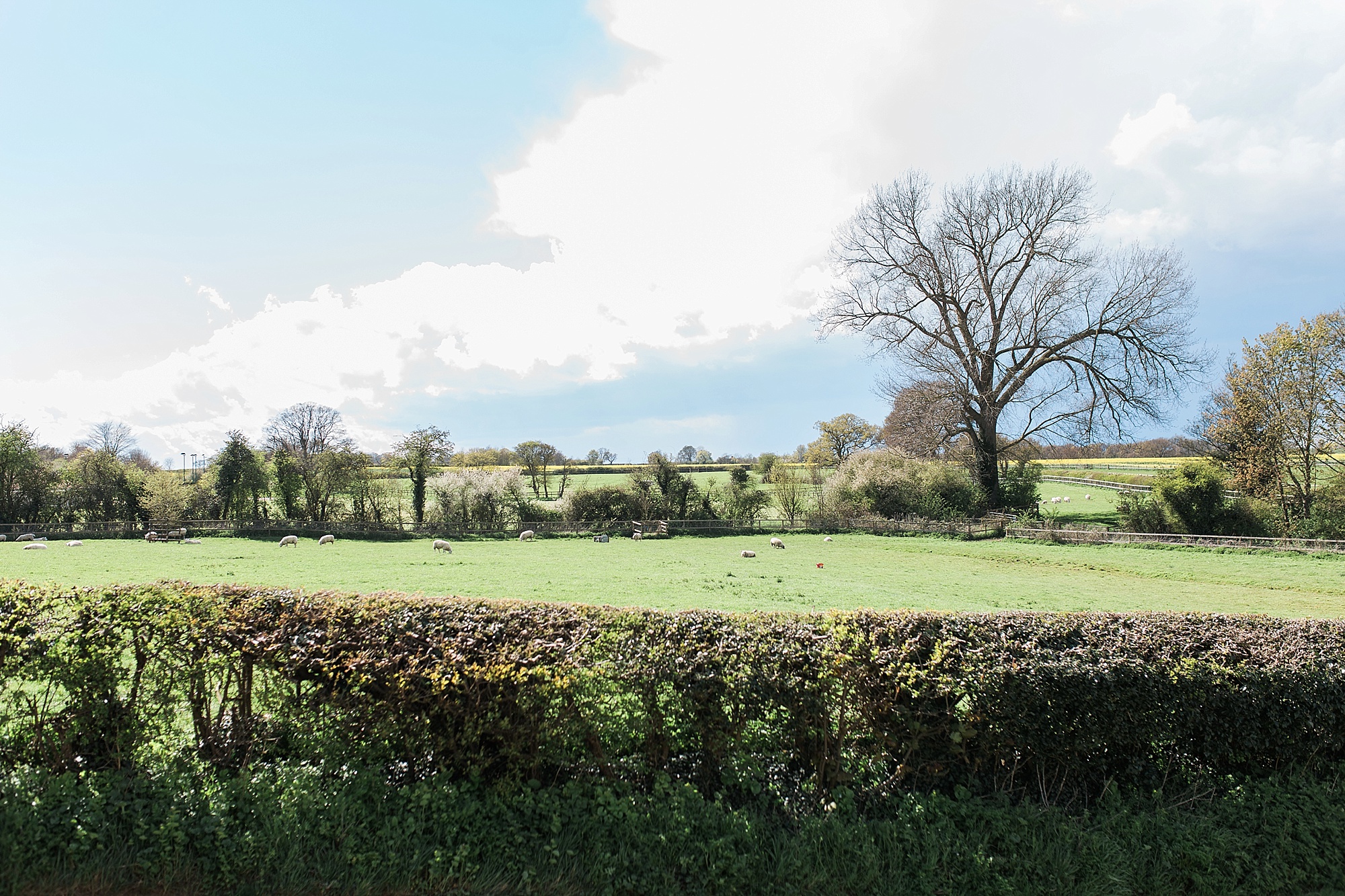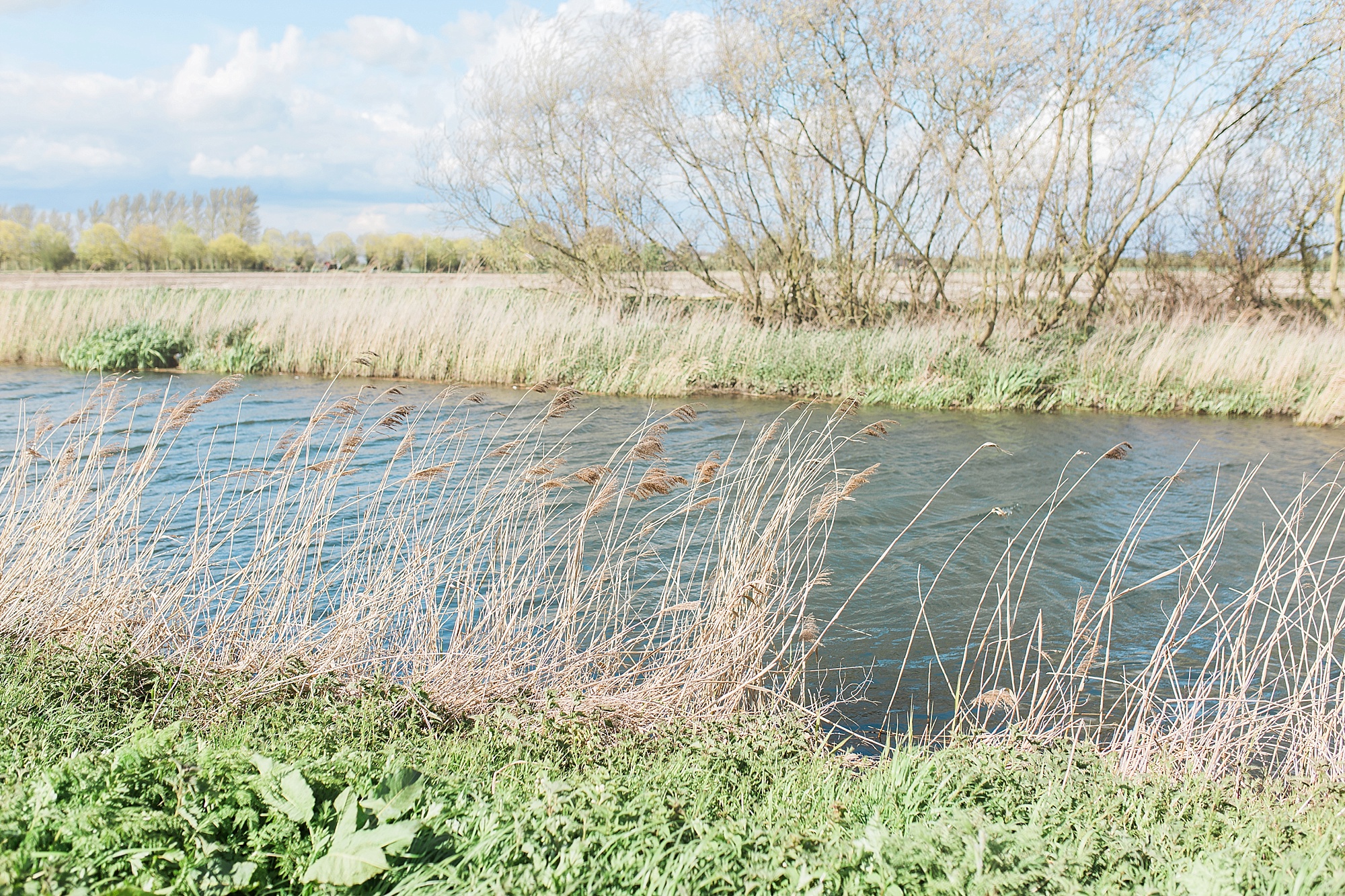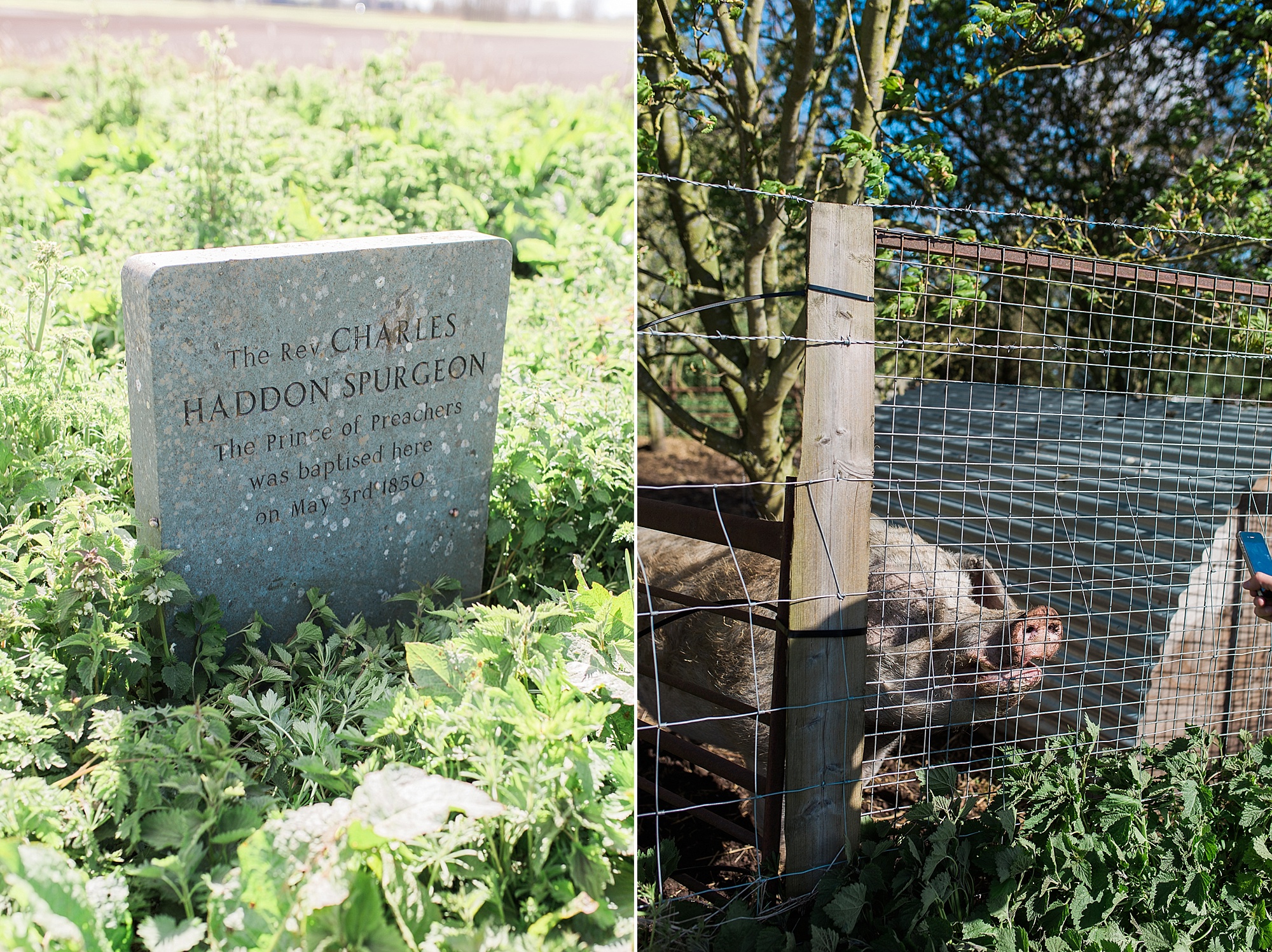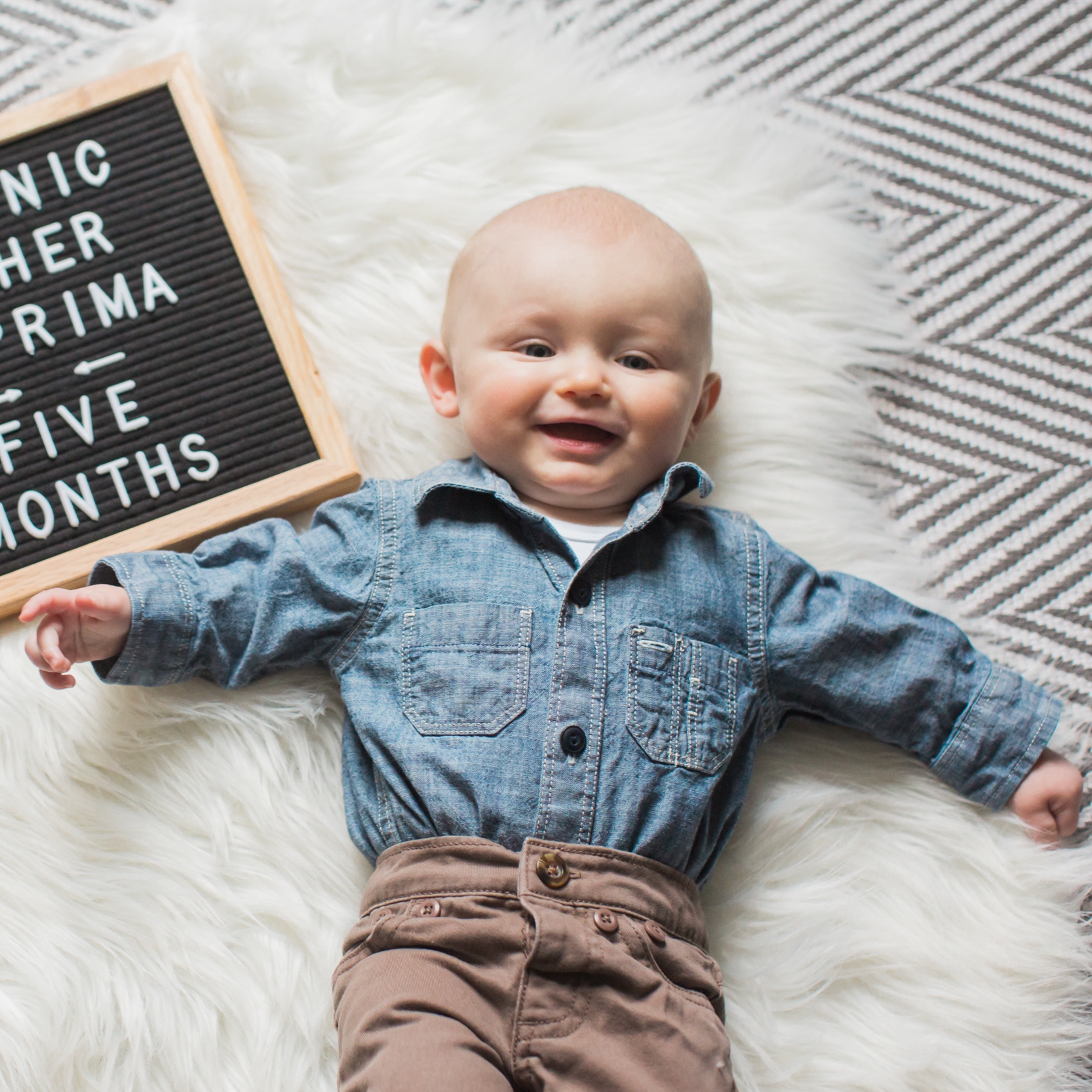As I mentioned in my last post, one of the main reasons Alex and I went to England is because Alex is doing PhD research on Charles Spurgeon. On our third day there, our gracious host, Jeremy Walker, spent about 12 hours driving us through the English countryside so that we could see various Puritan and Spurgeon sites. If you're interested, Jeremy is actually featured in a documentary that shows you many of the sites in the tour we did with him. The documentary is available on You Tube and is called "Through the Eyes of Spurgeon."
It was an amazing day and it was unbelievable to see so much history and to see the gorgeous English countryside and several adorable little towns! I could have spent DAYS photographing all of the beauty! I especially loved Lavenham and all of the crooked buildings, colorful doors, and flower pots!
I asked Alex to write a little about the Puritans and Spurgeon for those of you reading this who are interested in learning more. Here's a little information written by my husband:
The English Puritans
The Puritans were a group of English Protestants who sought to reform, or “purify,” the Church of England in the 16th and 17th centuries. They were known for their deep piety, their allegiance to the Bible, and their desire to see thorough reform in both the Christian church and in the Christian life. After the Roman Catholic reign of Mary I (“Bloody Mary”), Elizabeth I ascended the throne. Elizabeth, having been raised a protestant, had a more irenic disposition toward non-Catholics. She, in essence, re-established the Church of England but allowed many Roman Catholic elements to remain in the church. The Puritan movement was essentially birthed out of the desire of many protestants to reform the Church of England under Queen Elizabeth and subsequent monarchs.
After years of ongoing tension and persecution, including the Act of Uniformity of 1662 which effectively ejected over 2,000 Puritan pastors from their churches, many Puritans made their way to America to seek religious freedom. In many ways, early America was founded on Puritan ideals. Many in protestant churches today regard the Puritans with great respect for their fidelity to the Bible and their willingness even to die for their Christian convictions.
Charles Haddon Spurgeon
C.H. Spurgeon (1834-1892), often referred to as the Prince of Preachers, is considered by most historians to be the preeminent preacher of the Victorian Era in England. Spurgeon’s mighty legacy as a preacher stems from his unusual preaching gift that began from a very early age. By the time he was 20, it is estimated that he had preached 600 sermons. Spurgeon grew up west of London in Essex. He took his first pastorate at Waterbeach, near Cambridge, when he was only 17. After a couple years of spectacularly fruitful ministry there, he went on to become the pastor of the New Park Street Chapel in London, which later relocated and was renamed the Metropolitan Tabernacle which still stands to this day. Spurgeon ministered in London from 1854 until his death in 1892.
Spurgeon preached weekly to his congregation of 6,000 throughout his life. He often preached to much larger gatherings including one that numbered nearly 25,000. He left behind 63 large volumes of printed sermons with more still being published today. In addition to his legacy as a preacher, Spurgeon was also an incredible philanthropist. At one point in his lifetime as many as 66 parachurch ministries were based out of the Metropolitan Tabernacle, most of which were either founded, chaired, or financially supported by Spurgeon himself. He was also a prolific writer. By the end of his life Spurgeon had published more words in the English language than any other Christian in history.
Today he is regarded as one of the most significant Baptist ministers in church history.
Birthplace of the Prince of Preachers, Charles Haddon Spurgeon!
Alex thought this looked like the Prancing Pony from Lord of the Rings
This is the Parish Church of St. Peter ad Vincula in Coggeshall, Essex. This is a small town where John Owen for a number of years before the English Civil War.
Alex in Owen's pulpit!
This is Jeremiah Burrough's chapel, another famous Puritan.
This bench is a very very long story. Ask Alex about it, he will love to tell you! Suffice it to say, the steel used to in this bench is significant to Spurgeon history.
Looks like a random house, but this is actually where Spurgeon lived for several years as a child with his grandparents.
This was really special. You may not be able to read the plaque, but this is the chapel where Spurgeon was converted. The account of his conversion is well worth reading in his autobiography. The text the Lord used to convert him was Isaiah 45:22, "Turn to Me and be saved, all the ends of the earth; For I am God, and there is no other."
Left: This is just outside John Roger's church. There are famous accounts of John Rogers actually preaching out of that window just above Alex's head. You wouldn't know from this picture, but Alex is facing a town square where over a thousand people would've gathered to hear Rogers preach. Right: Alex in Roger's pulpit.
A bust of John Rogers in the chapel.
The following several pictures are from Lavenham. Lavenham was one of my favorite places that we went. It was an ADORABLE little town with really quaint and colorful buildings.
We had tea in the tearoom in the picture on the left called "The Crooked House." It was adorable! I had an amazing Rhubarb pie with clotted cream!
This is St. Peter and St. Paul's Church in Lavenham where William Gurnall was rector in the 1600s.
This was such a treat! It was a long walk through a working farm in the driving wind, but we finally made it to the spot where Spurgeon was baptized!
And here's the water! Can you imagine being baptized in this water in March as Spurgeon was? Not only that, but he walked soaking wet several miles back to his home afterward.
This is Andrew Fuller's first church located in Soham. Alex has an 1845 edition of Owen's three volume collected works that were given to him as a gift from one of our pastors!
This is Waterbeach where Spurgeon took his first pastorate. This would have been right before he went to London where he ministered for the rest of his life.
This is the church where he ministered.
This stone was laid by Spurgeon!
Here's a few other iPhone pictures:
We stopped in Lavenham and had pasties from a butcher (ignore Alex's thumb in this pic ;)). My family loves pasties and so I was excited to have one in England...this picture is for you Dad!! :)
We ended our tour at The Green Dragon in Cambridge. It seemed only fitting to eat at a pub named "The Green Dragon"! Also, they supposedly had one the "Best Fish and Chips of 2015" award. Unfortunately I didn't get a picture of my plate!



